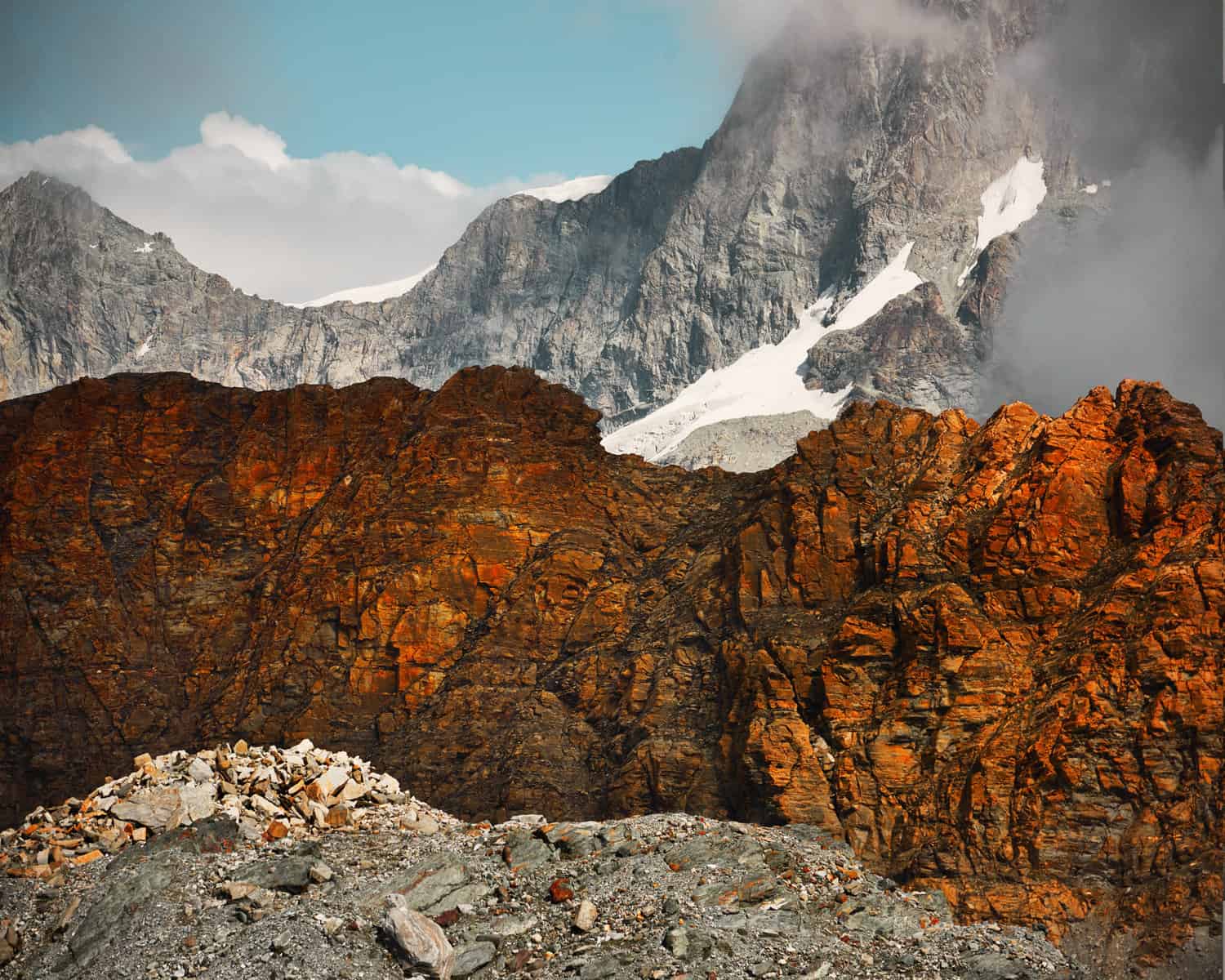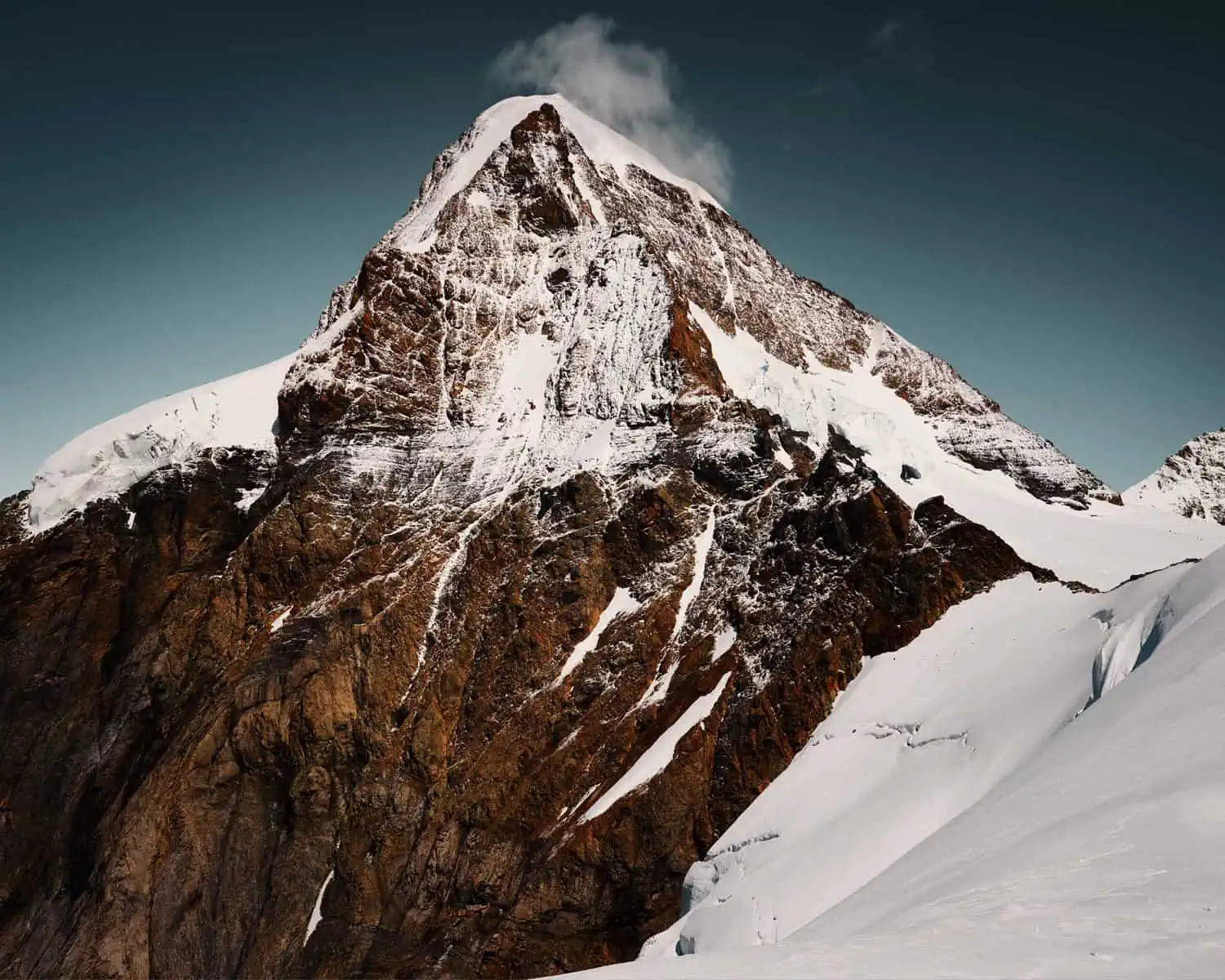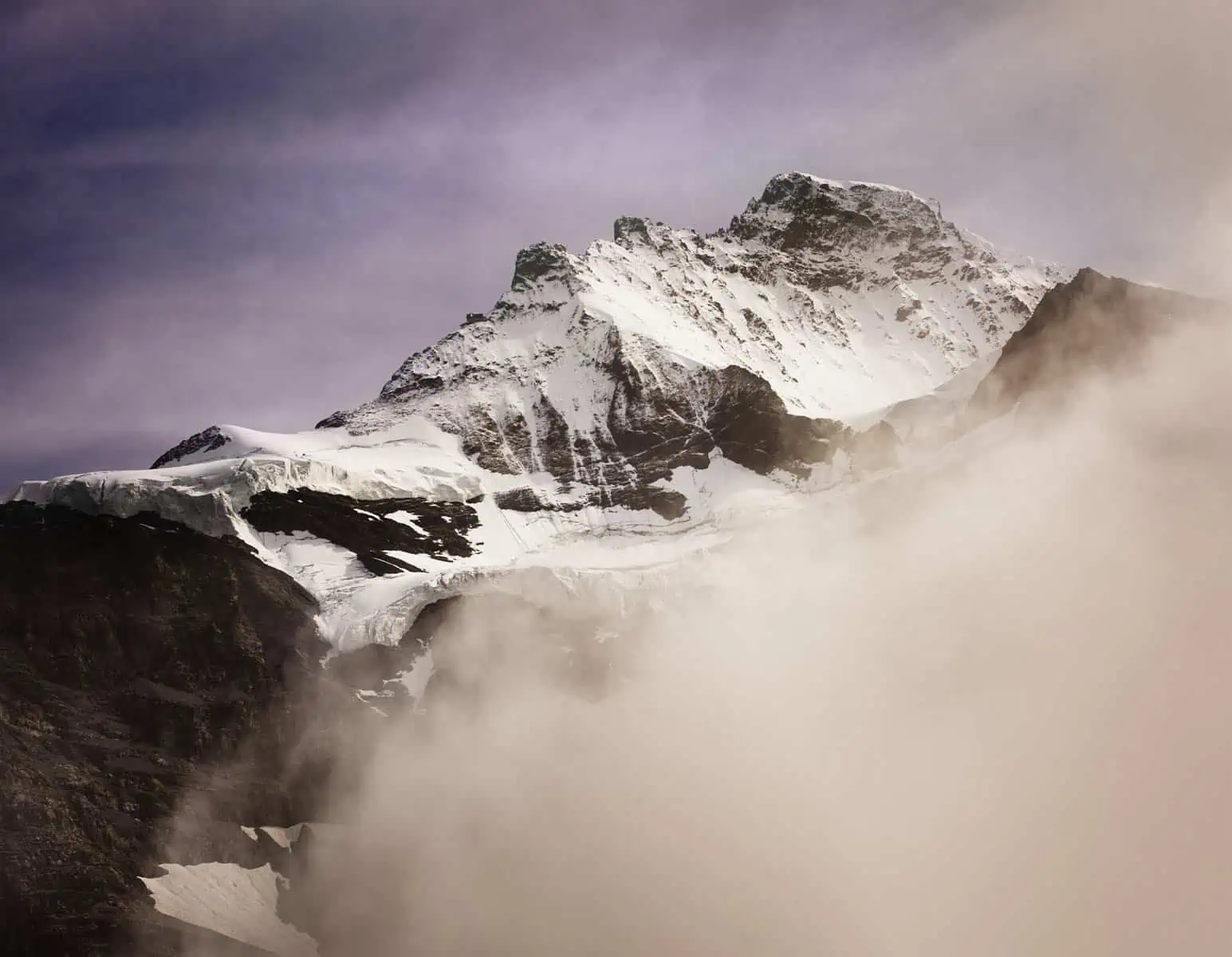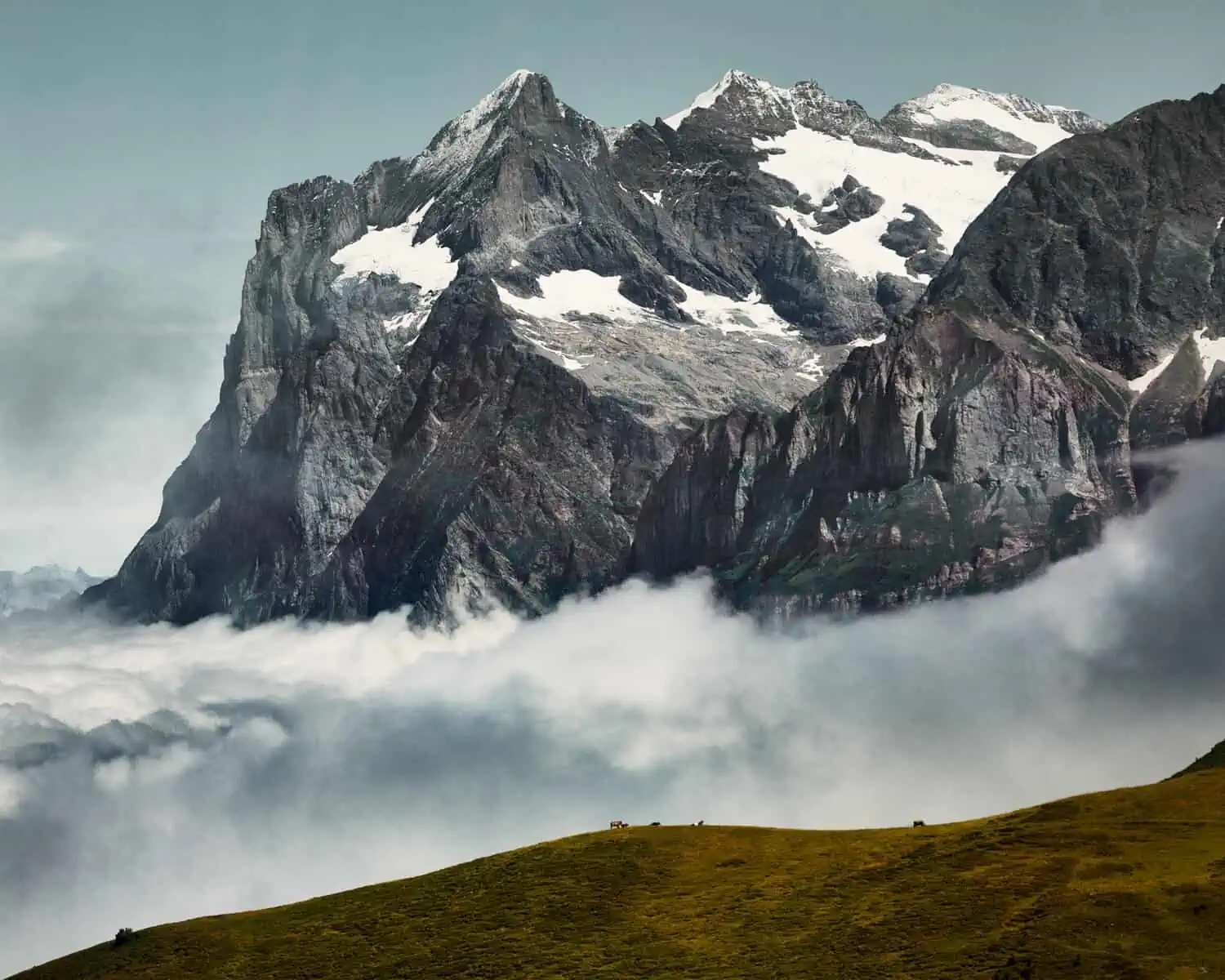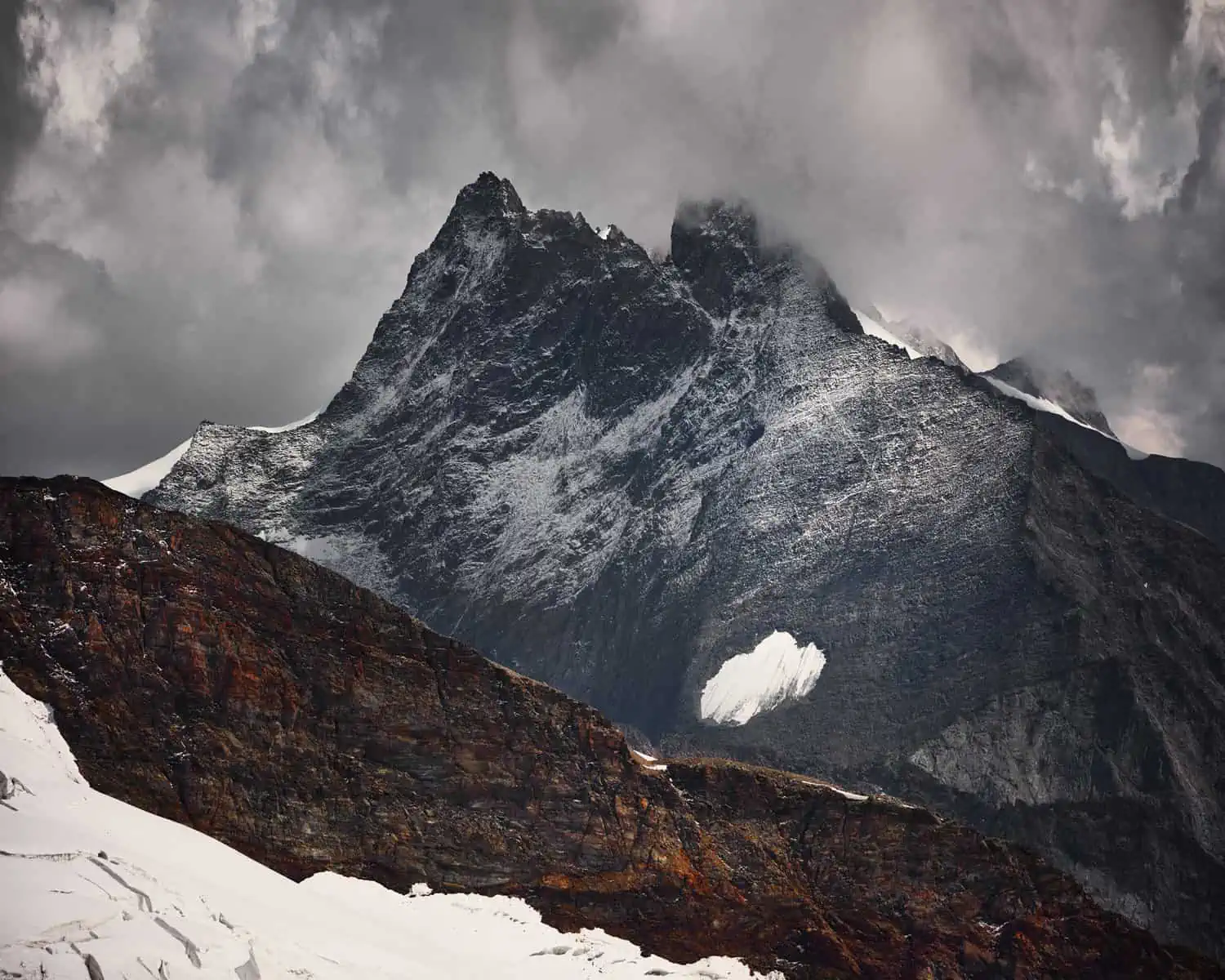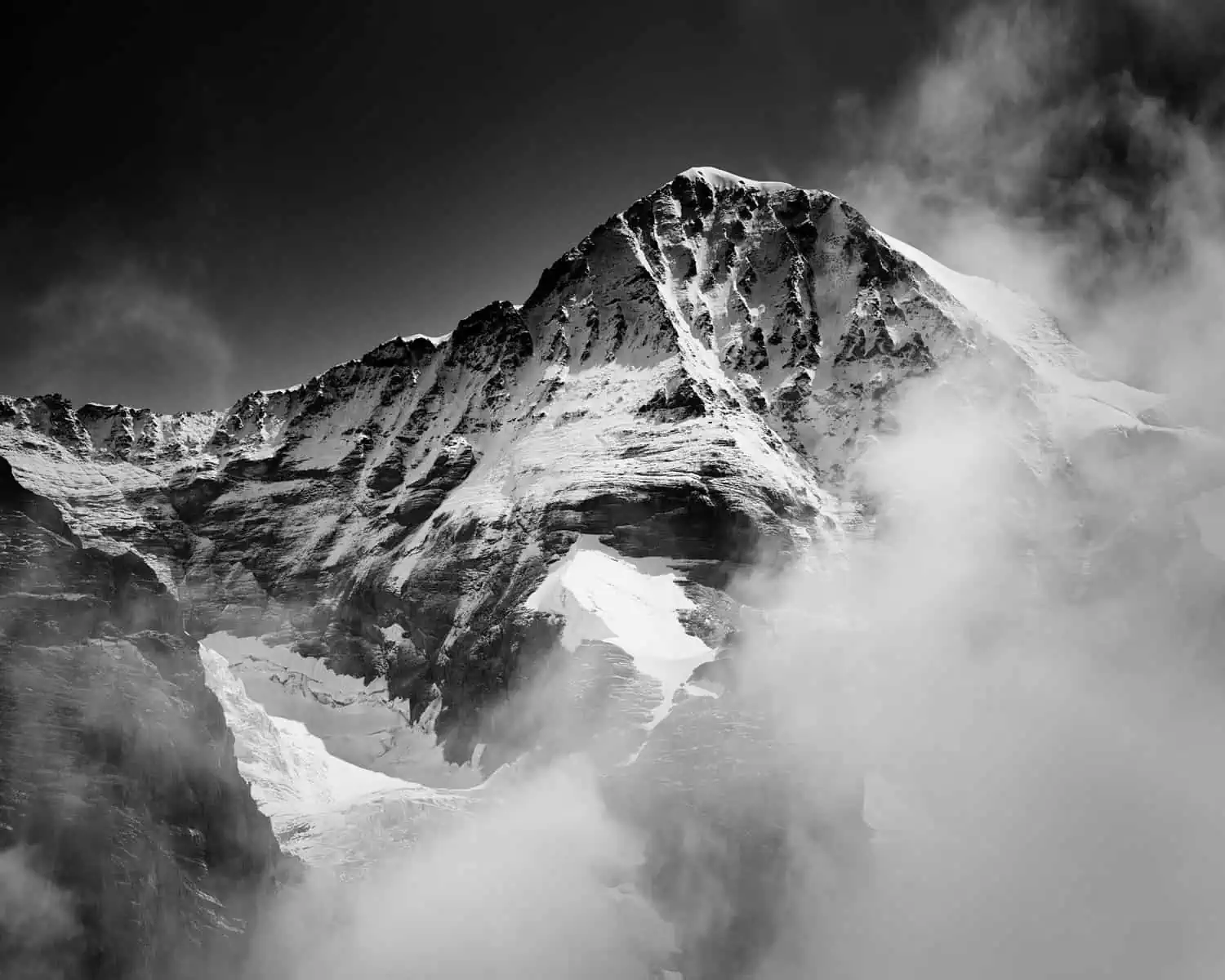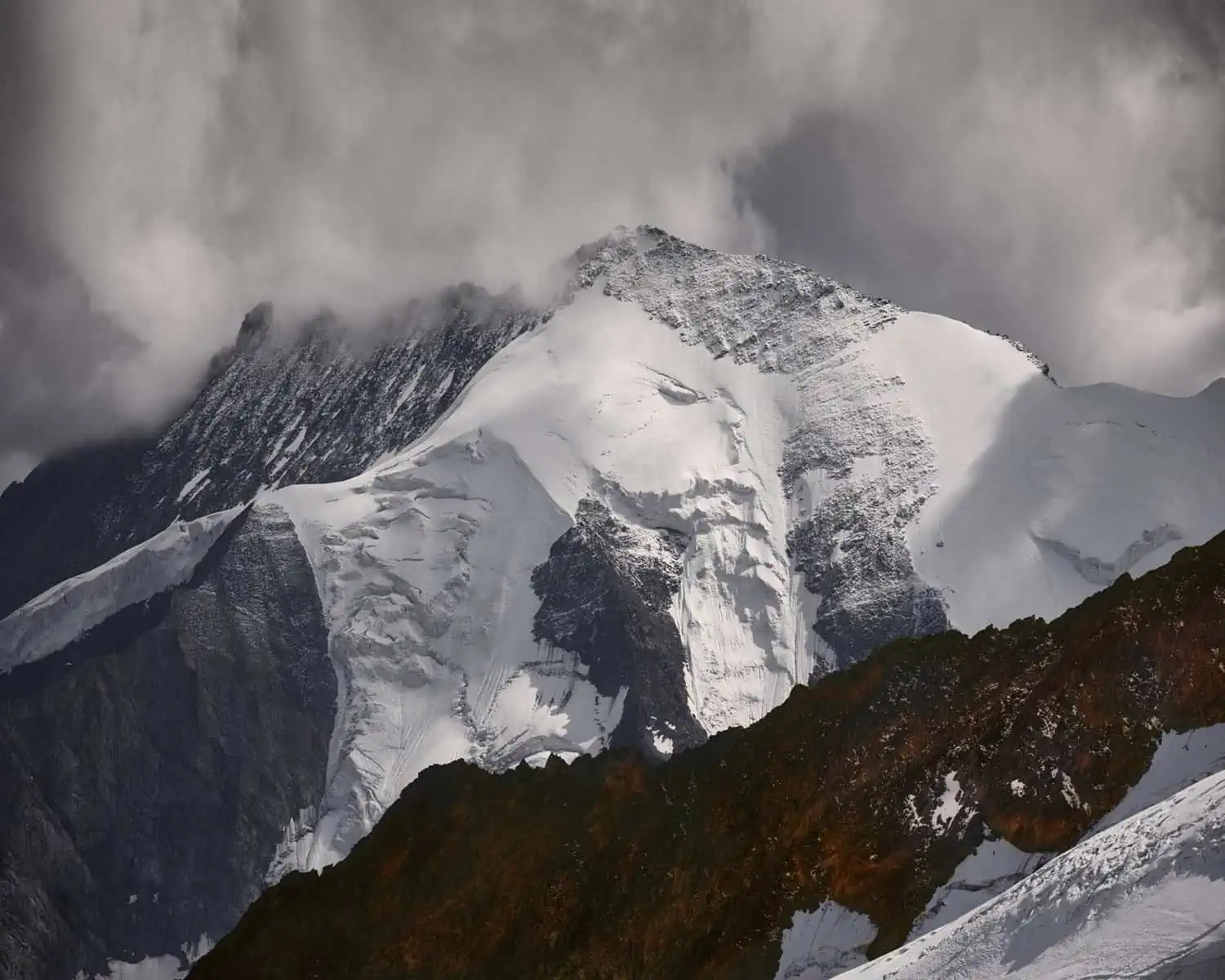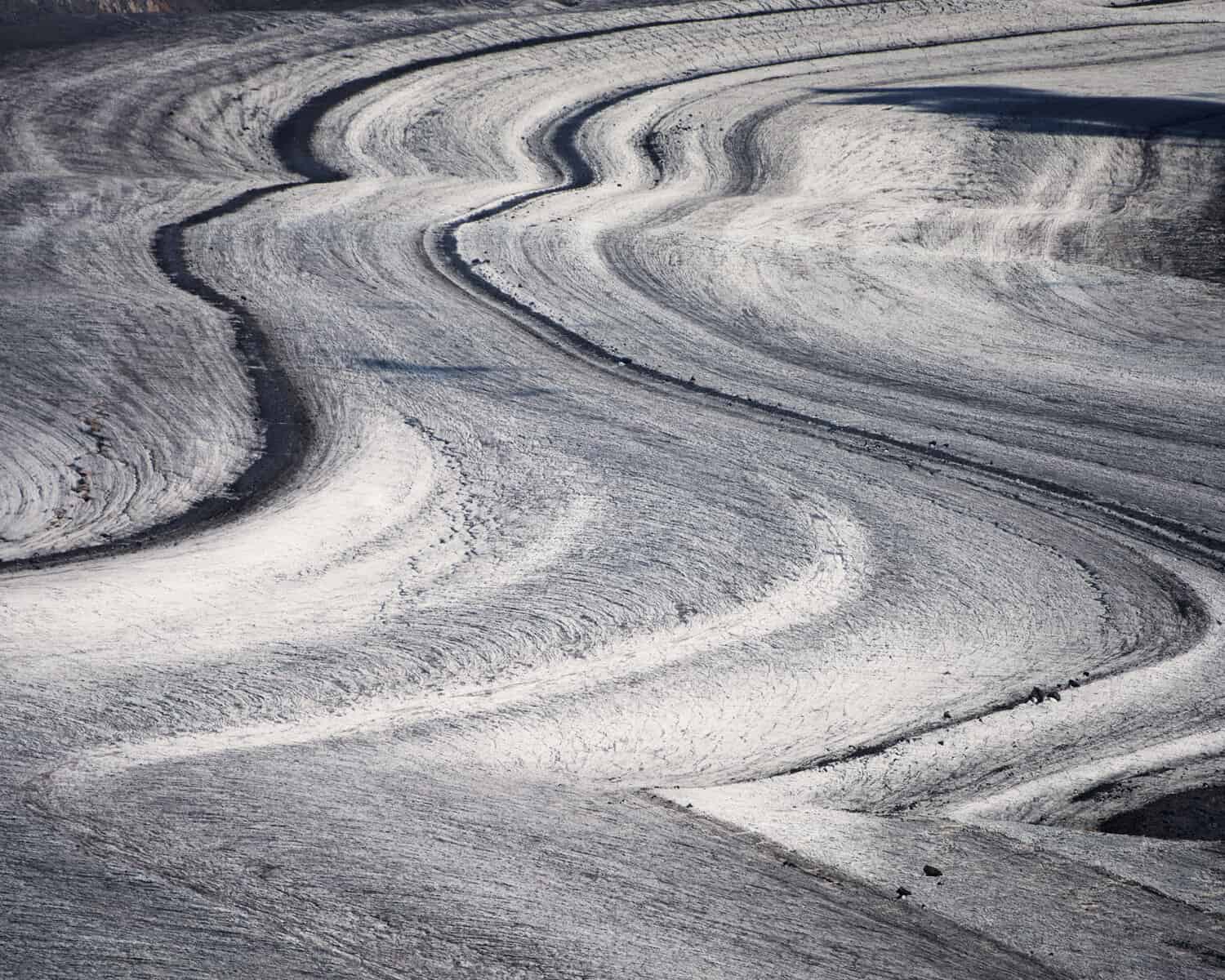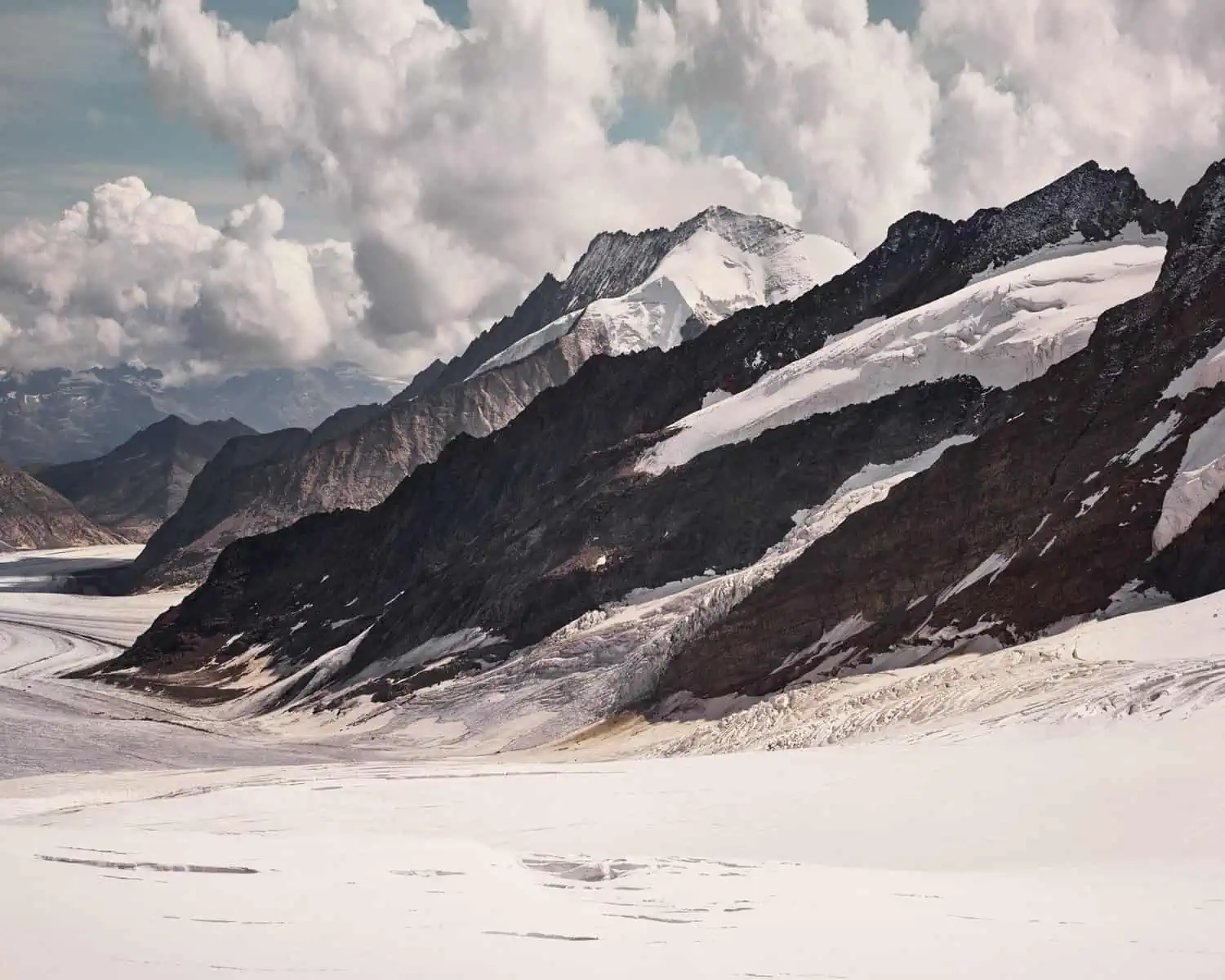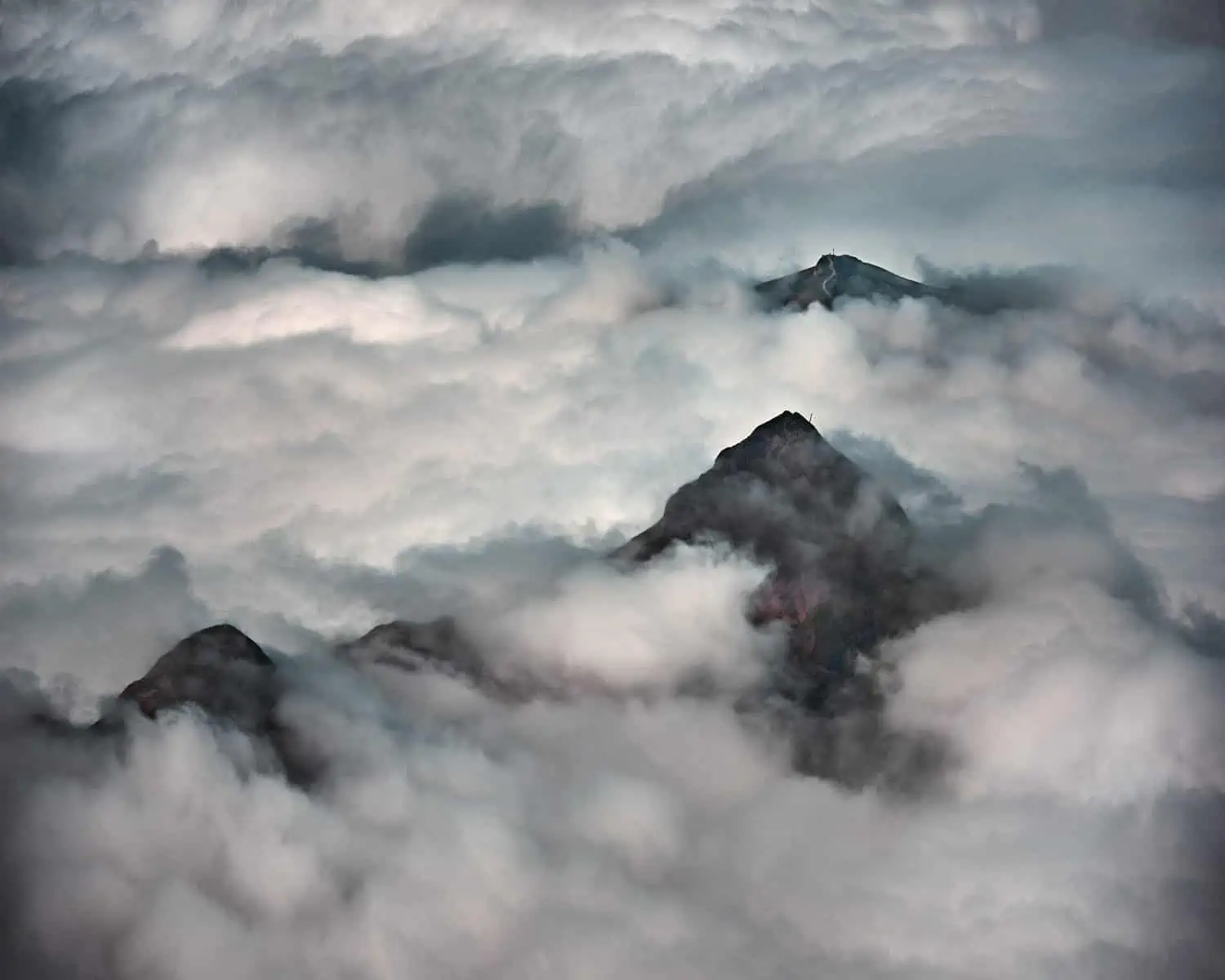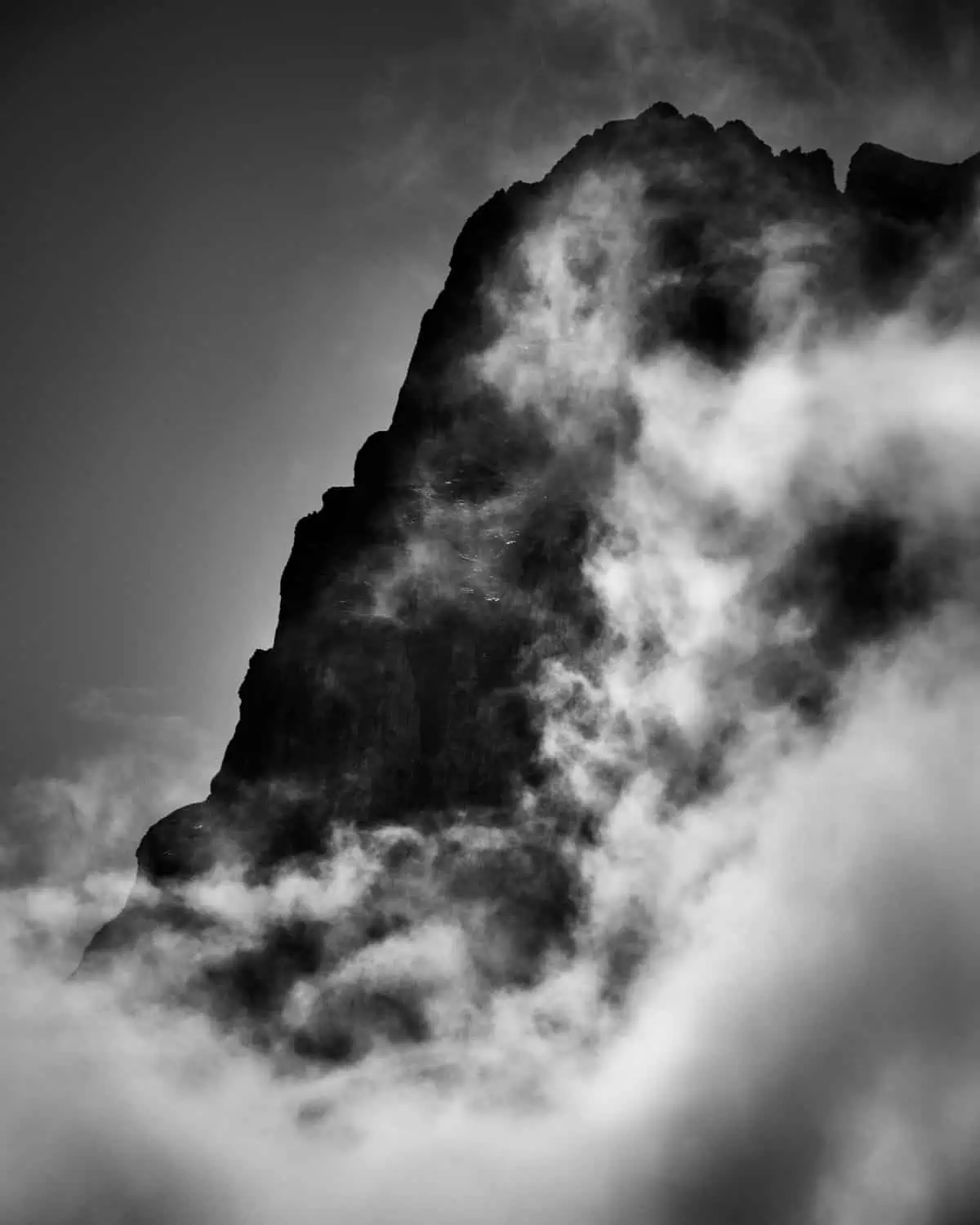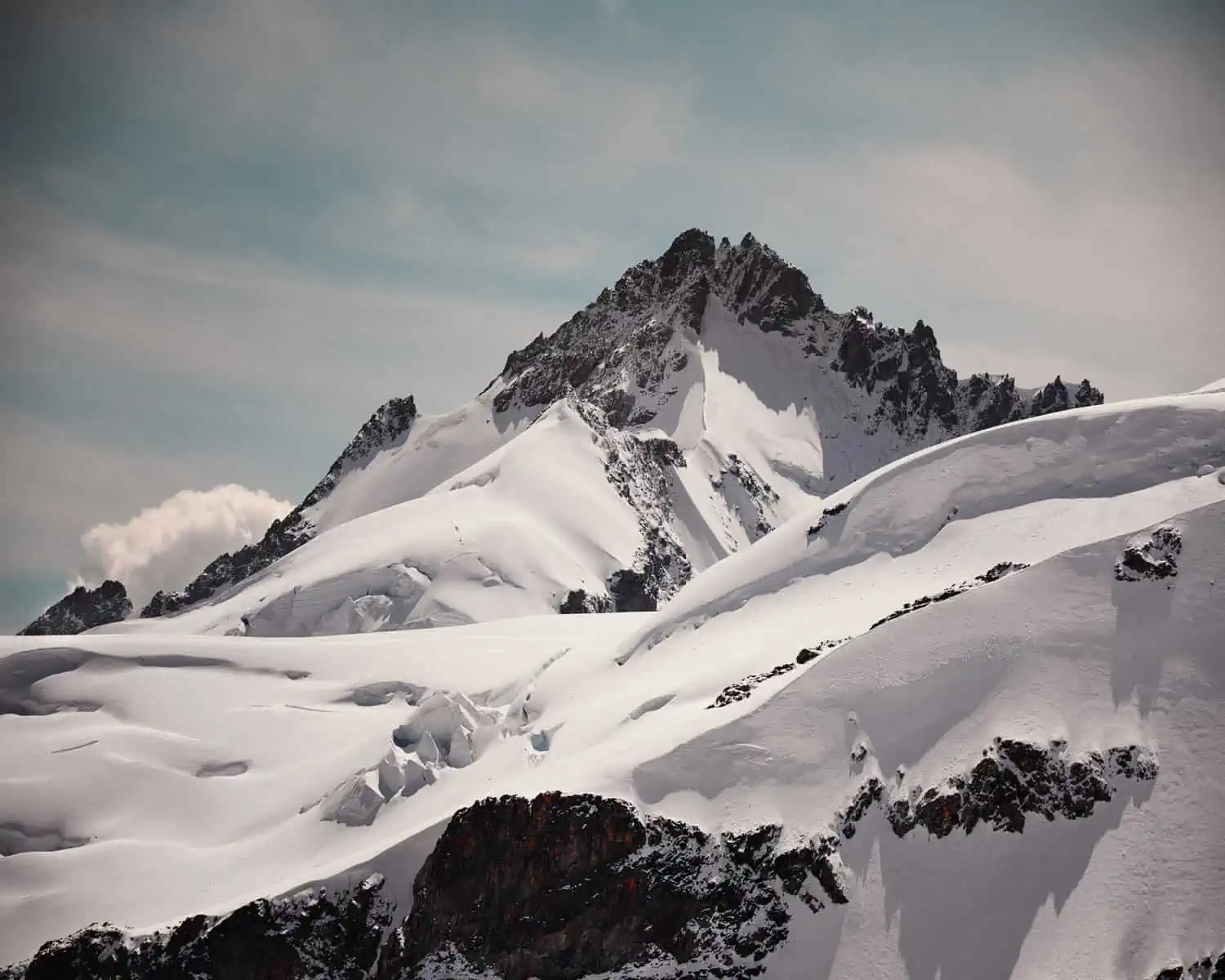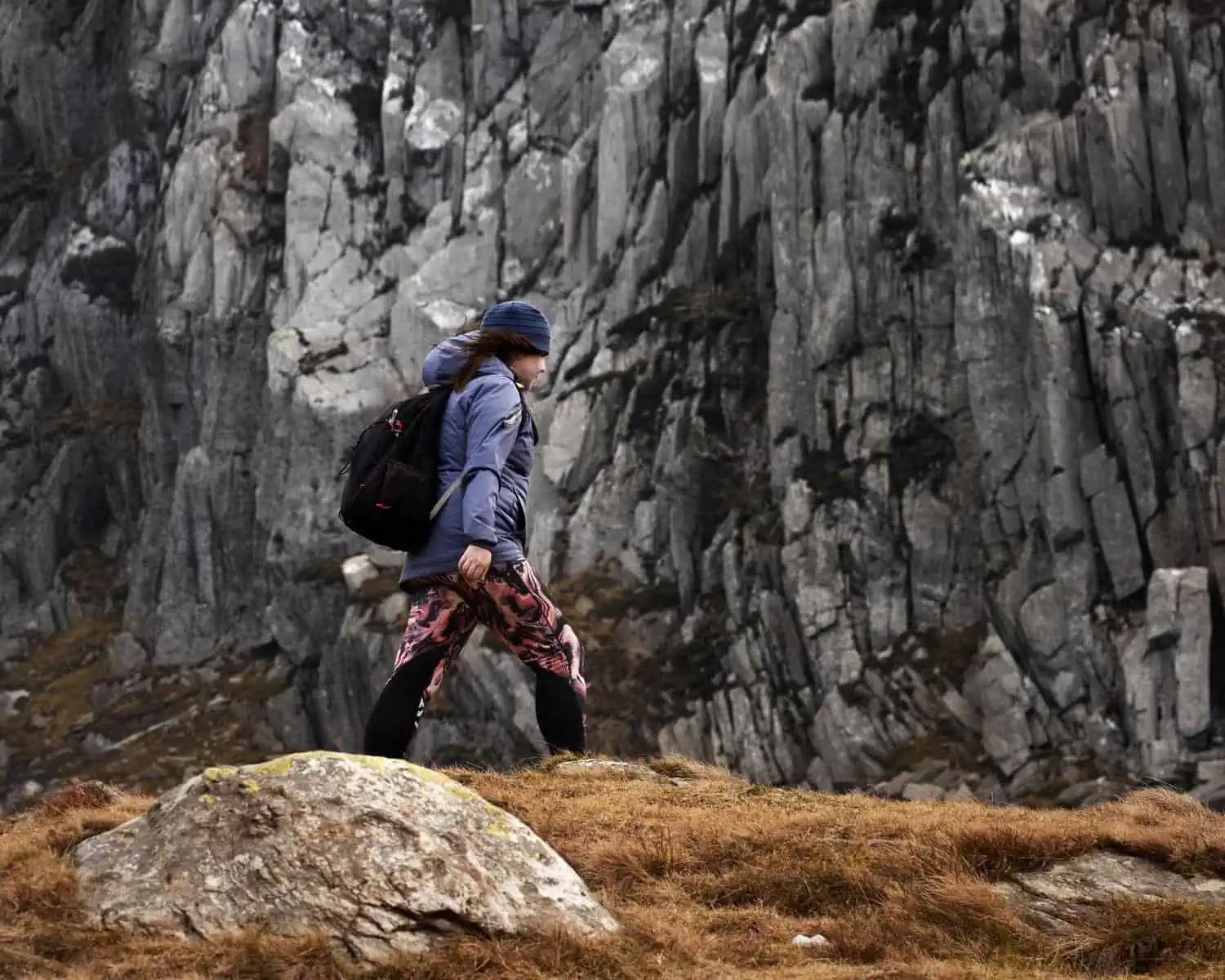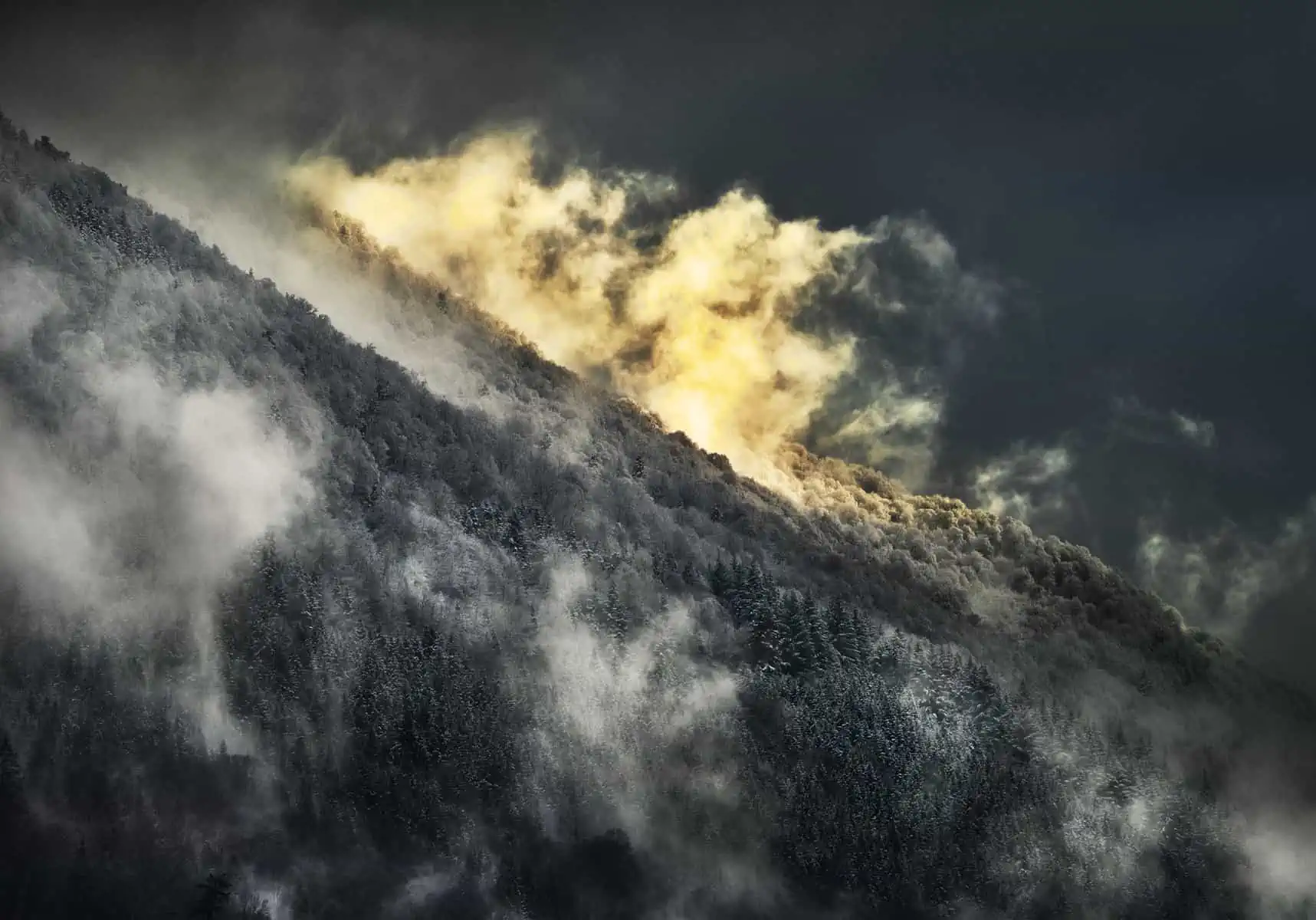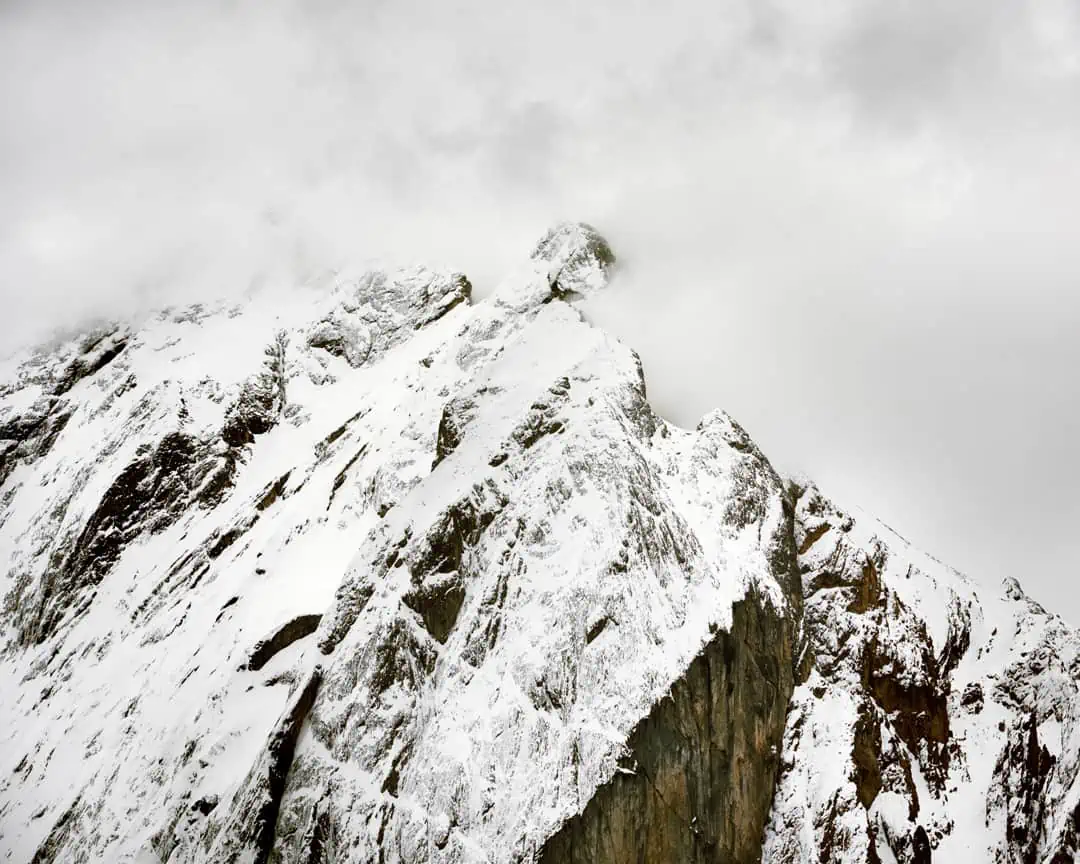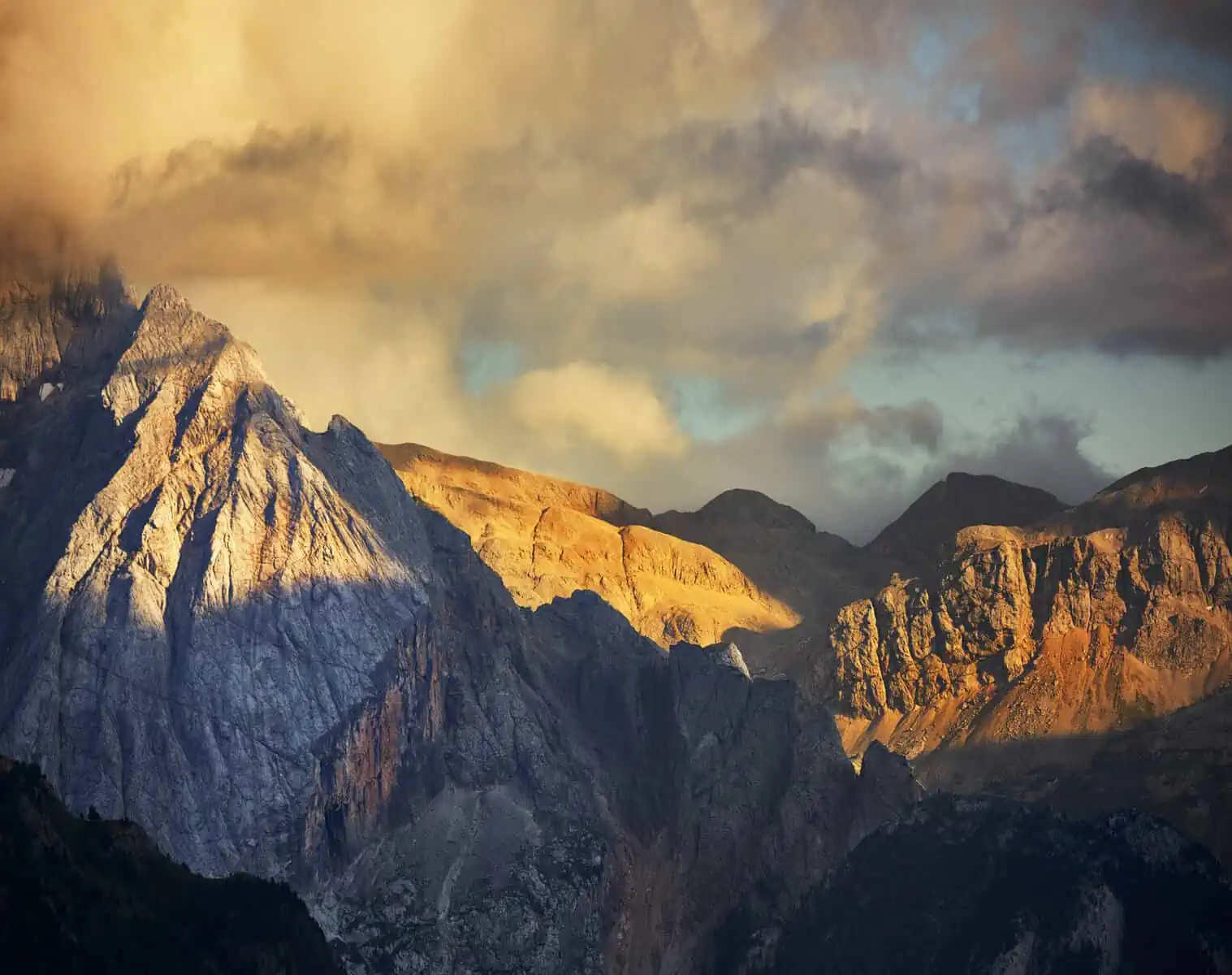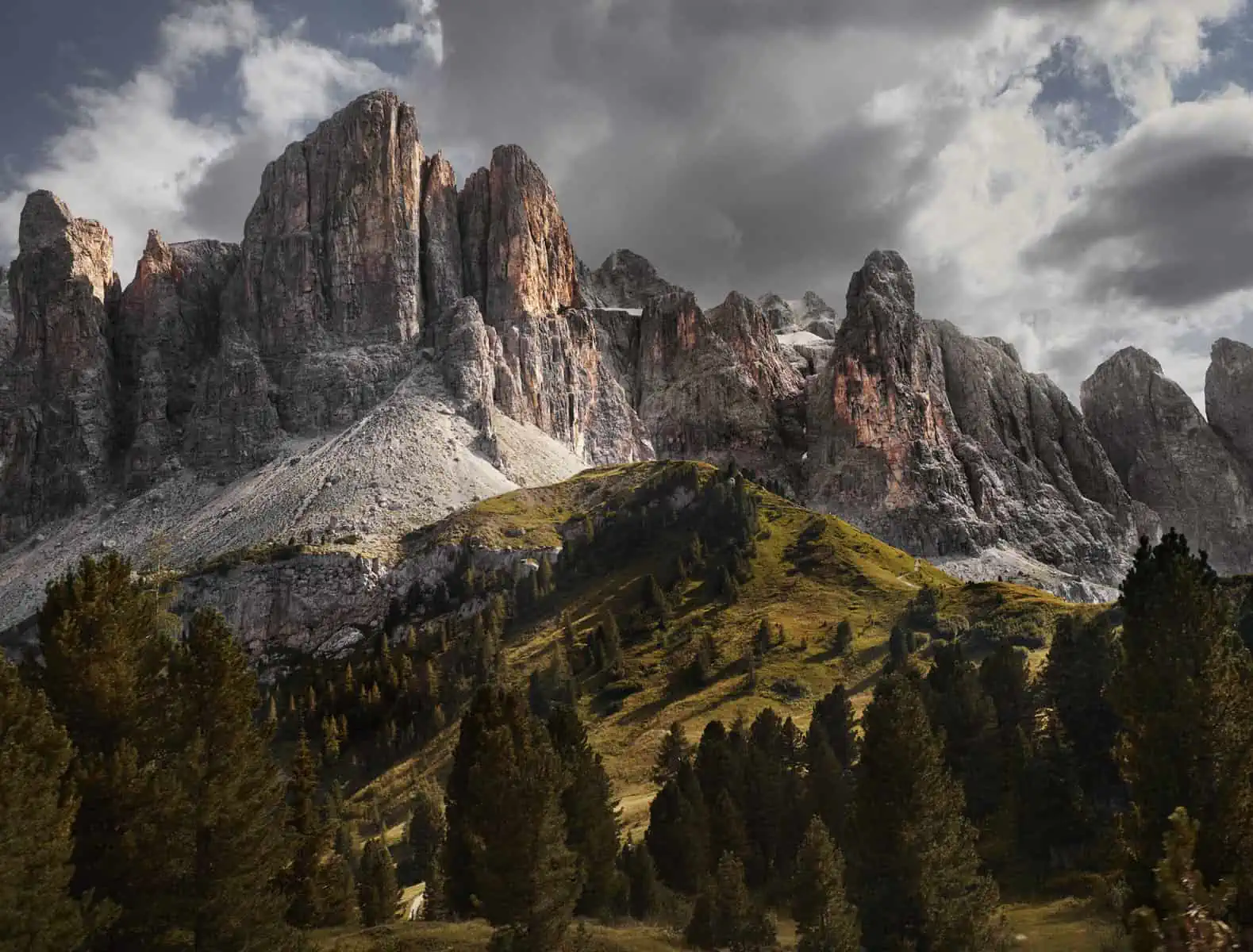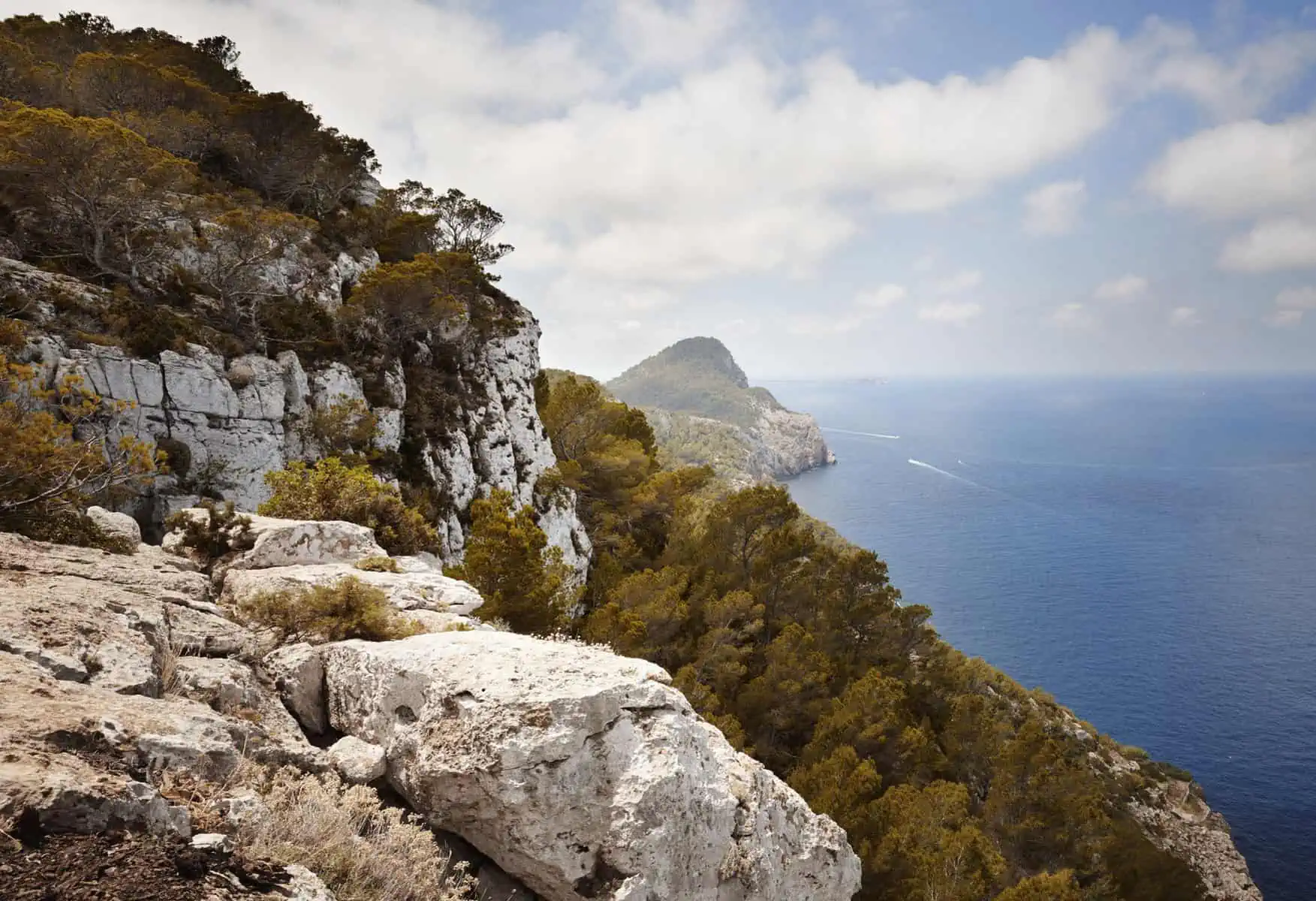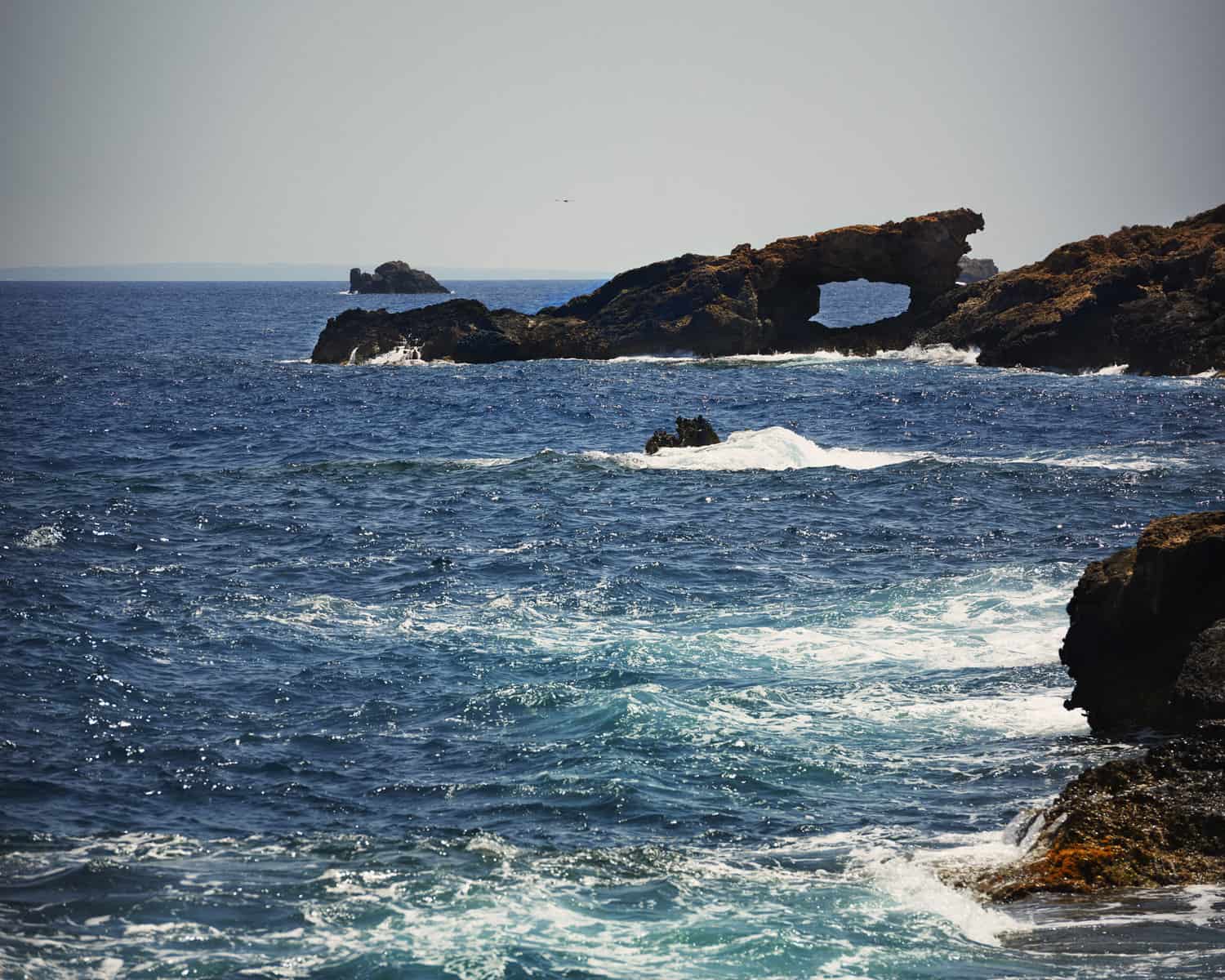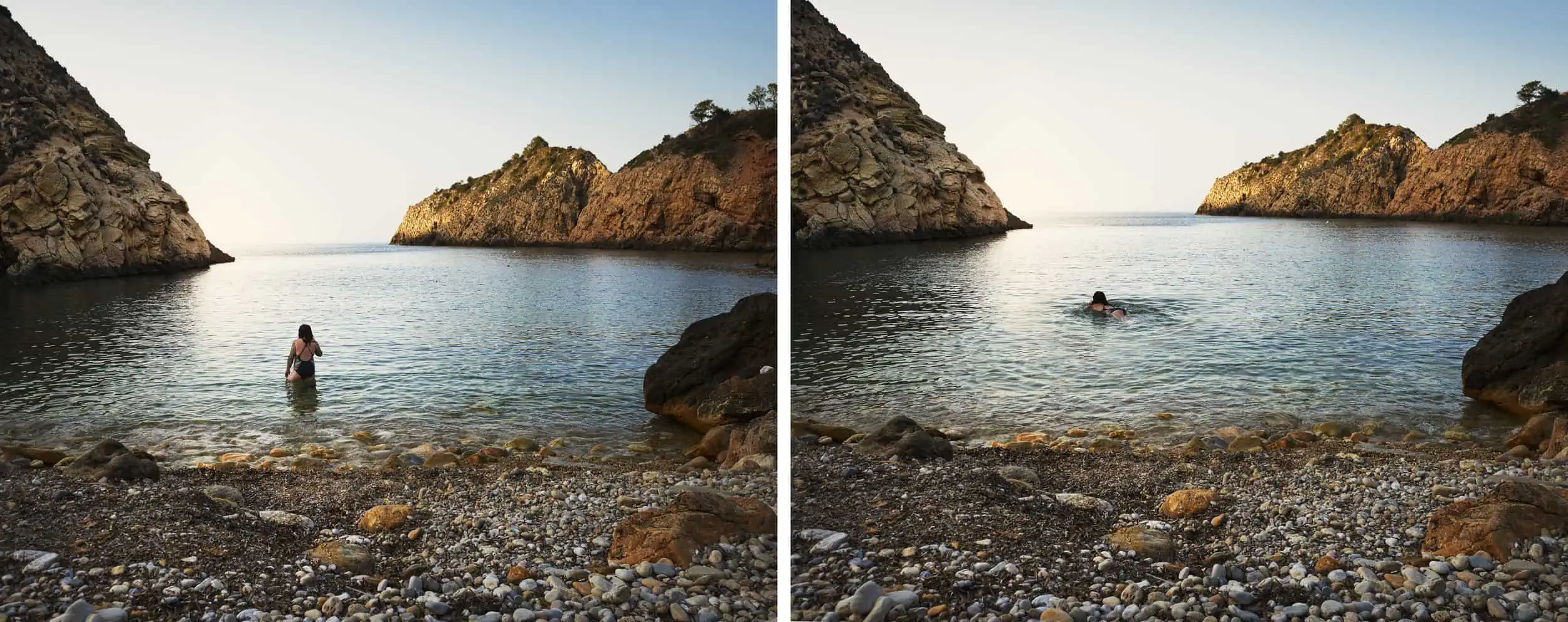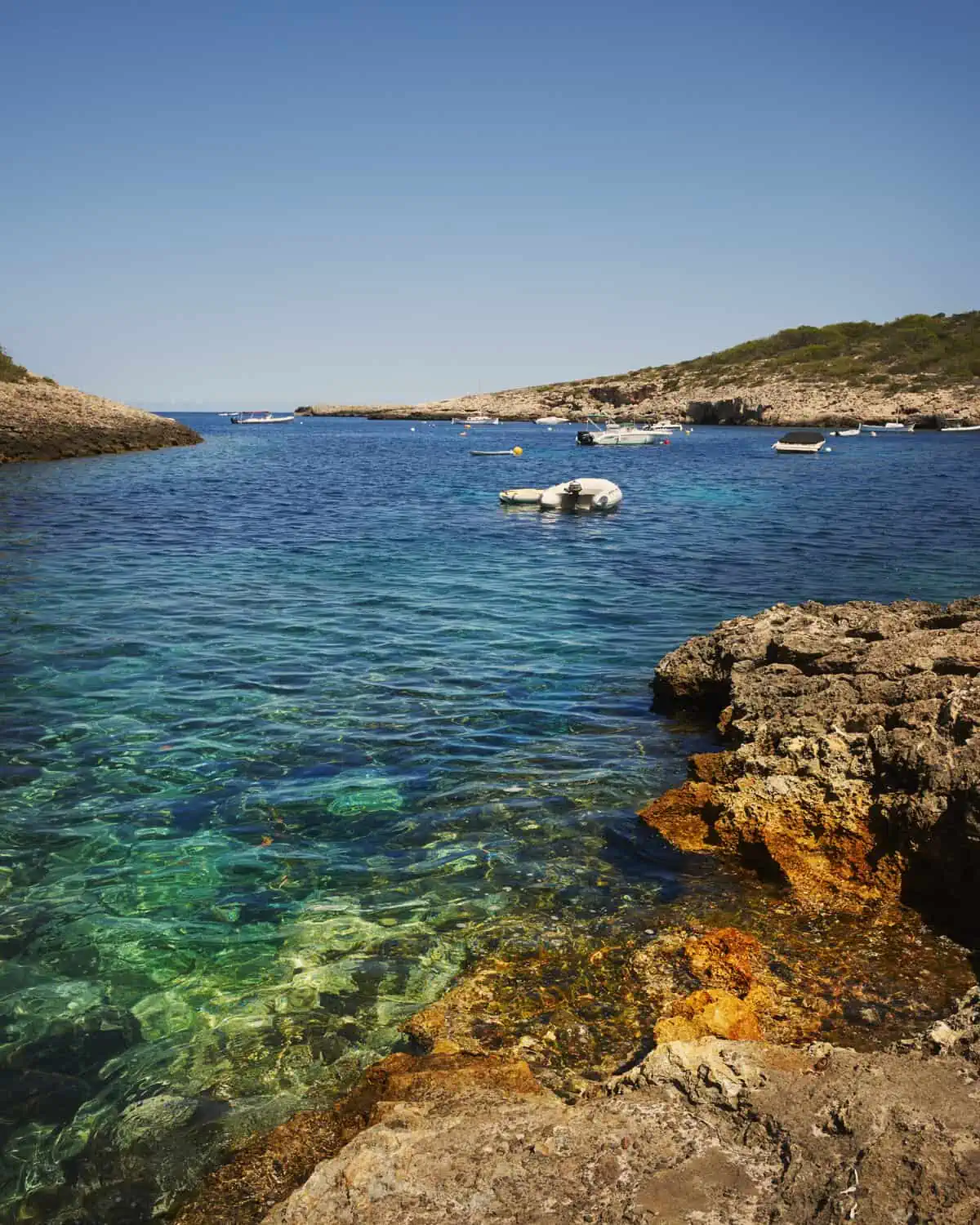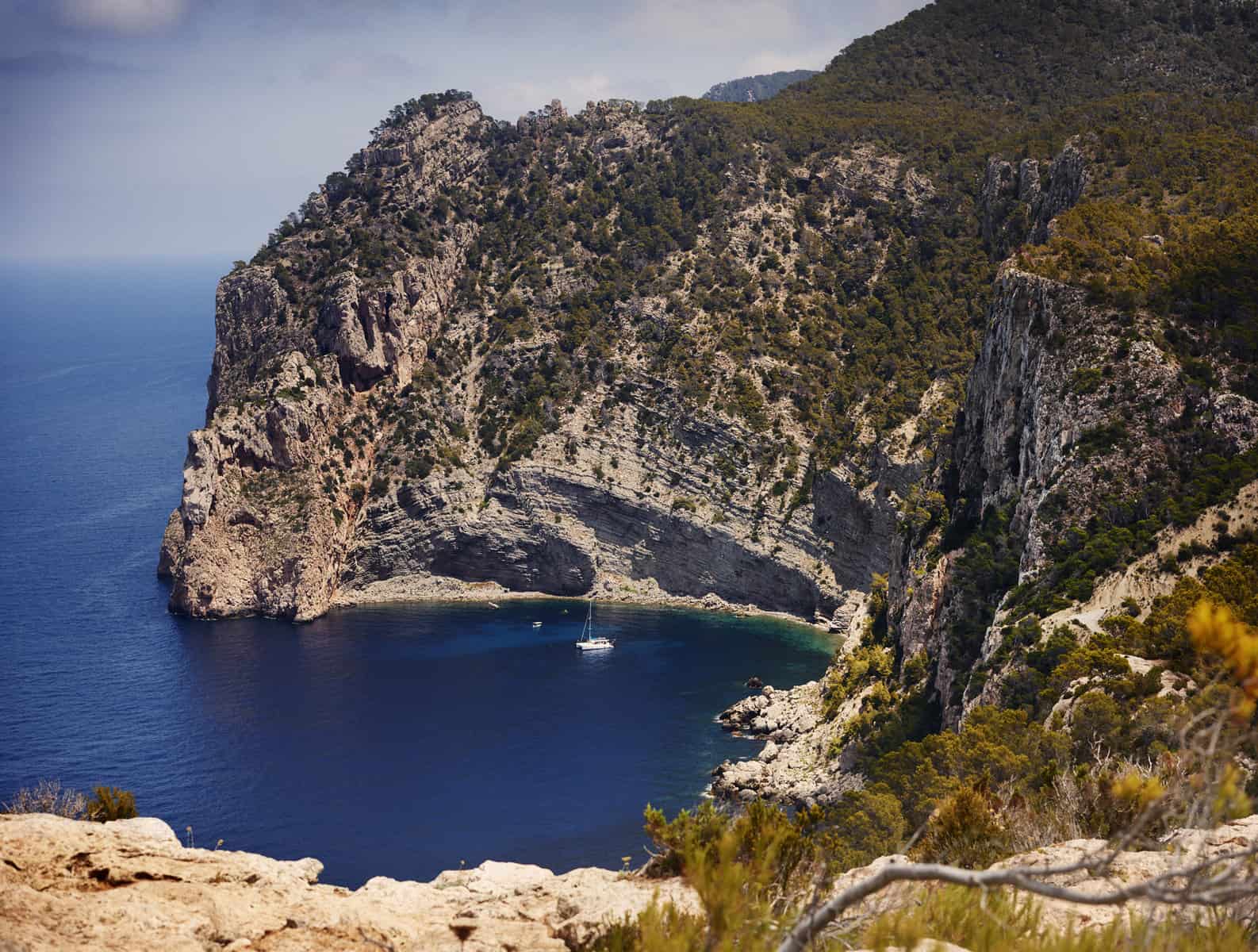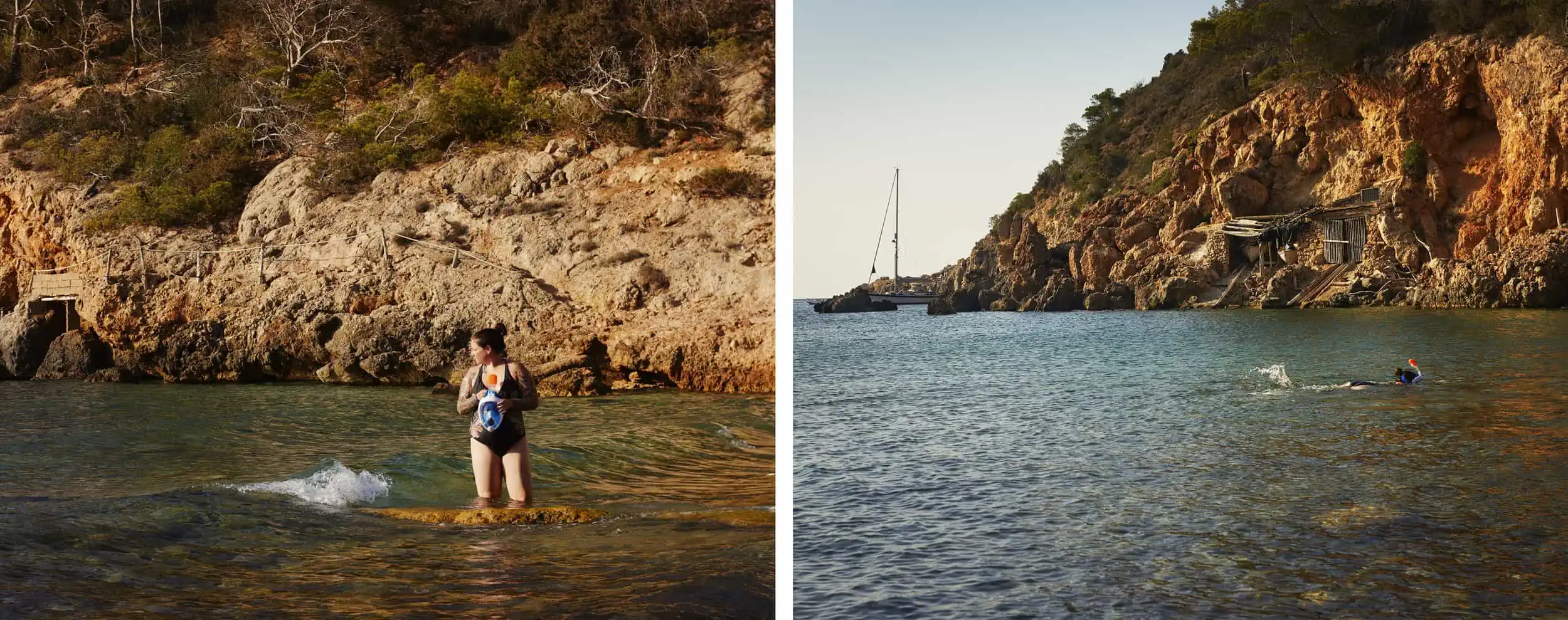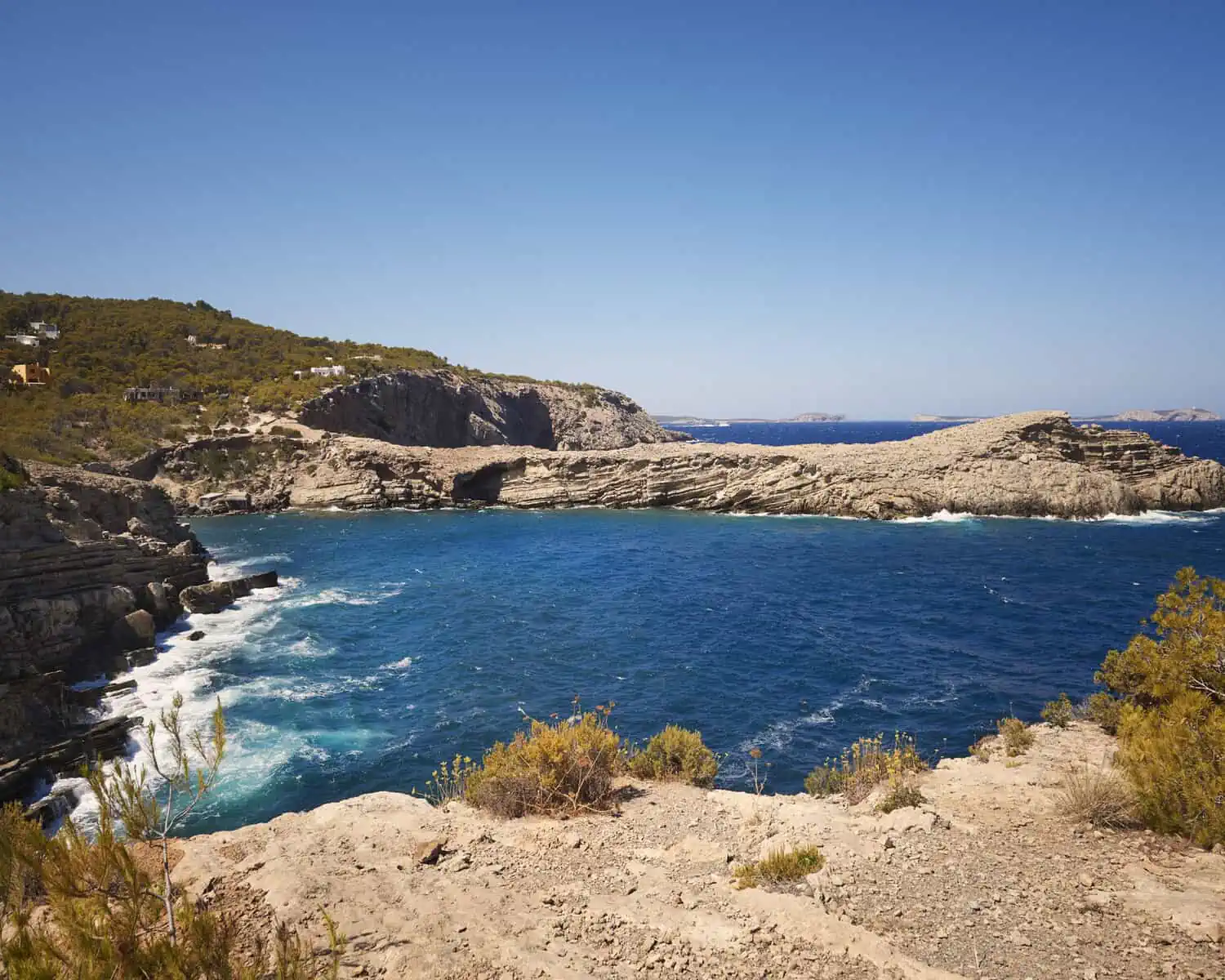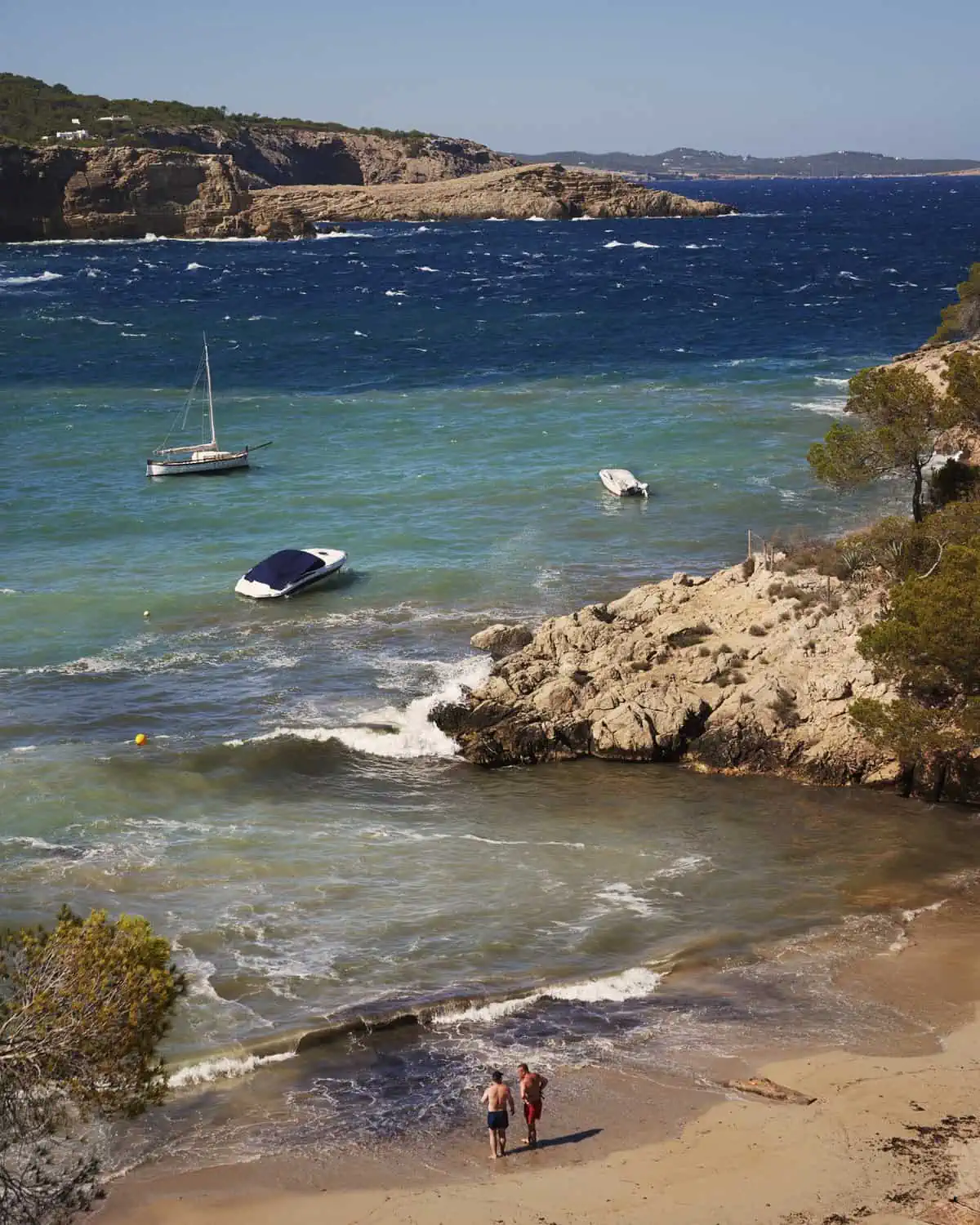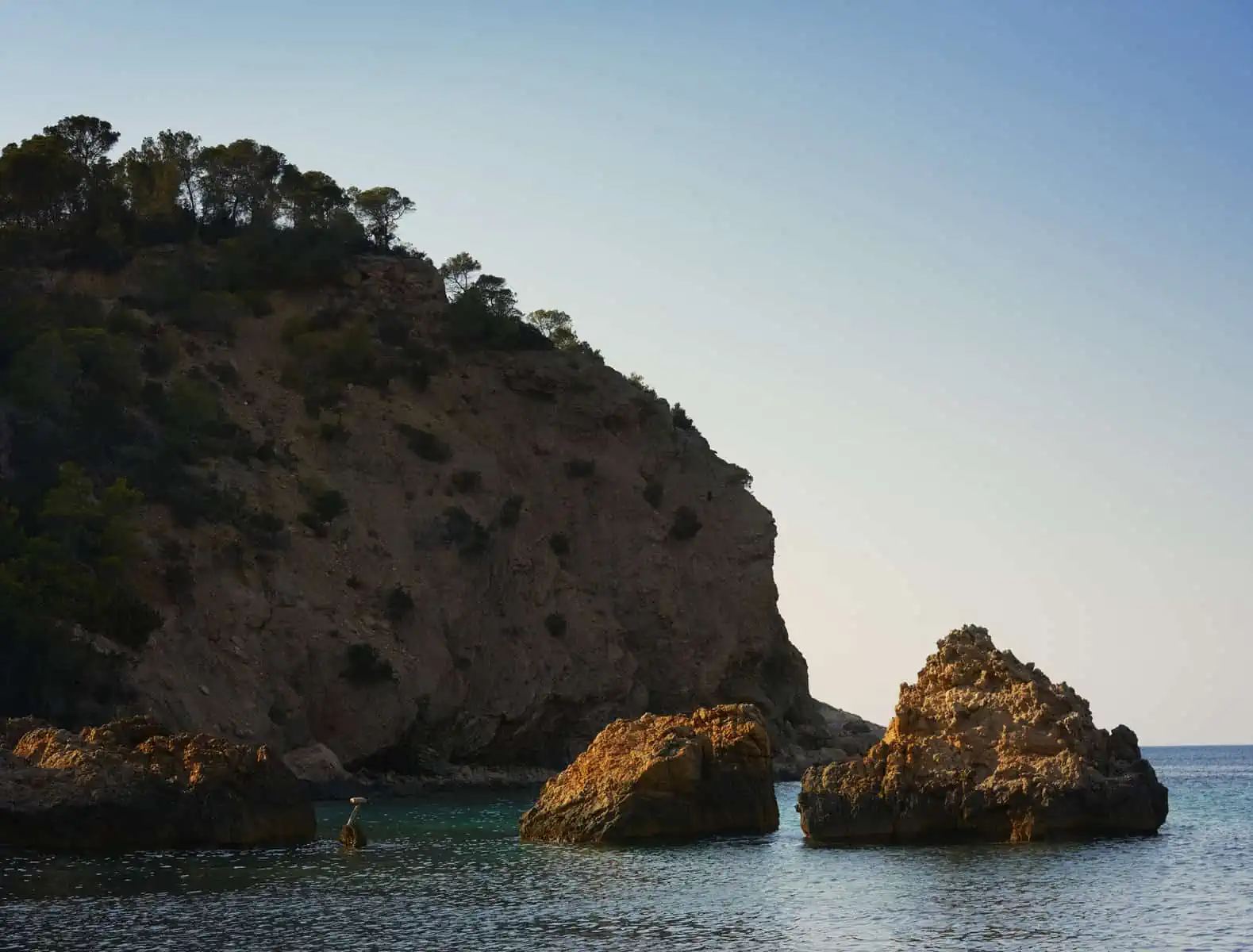This article is sponsored by Zermatt Tourism. All views and opinions are our own and we always report truthfully on our experiences, sponsored or not. For up to date prices of tickets and passes, please visit the Zermatt Tourism website here.
It isn’t always possible to spend weeks on end exploring an area; sometimes you only have a day or two. It might be that you’re passing through on the way to somewhere else or in town for something special. There are so many opportunities to make the most of what is in an area, but sometimes if you’re only there for a short amount of time, you wouldn’t even know half of what is there just waiting to be explored. Achievable, accessible adventure is about creating opportunities where possible.
In this series, we’ve put together our ultimate, quick and easy to follow must do’s in some of the world’s most incredible locations. The Matterhorn is one of those mountains that is undeniably captivating and set in the Swiss Alps, you’re in for an absolute treat. This was our first visit to Zermatt, and we were absolutely blown away by the level of beauty before us. What we love about Zermatt is how accessible it is from Europe and due to the incredibly well-connected train network in Switzerland, makes it an easy way to get right into the heart of the mountains over a short space of time.
When we started speaking to Zermatt tourism about the tiny amount of time we had available to make our trip to the Matterhorn landscape a reality, we were quite concerned that we wouldn’t be able to really make the trip ‘worth it’. Boy, were we wrong.
Through the incredibly detailed plans that were available for hikes in the area and other attractions that allow you get to get really up close and personal to one of the most iconic mountains in the world, we started to see that it was very possible to base a trip to Zermatt and the Matterhorn over a long weekend. Sure, this wouldn’t cover everything there is to cover in the area; you could easily spend your whole life enjoying the hiking, mountaineering and potentially never get bored. That isn’t always possible though, and there is absolutely no reason why only having a weekend to spare should deter you from getting a taster for big mountains that, by their nature, throw you into a range of easy to challenging hikes and real deep mountain landscapes that are incredibly accessible.
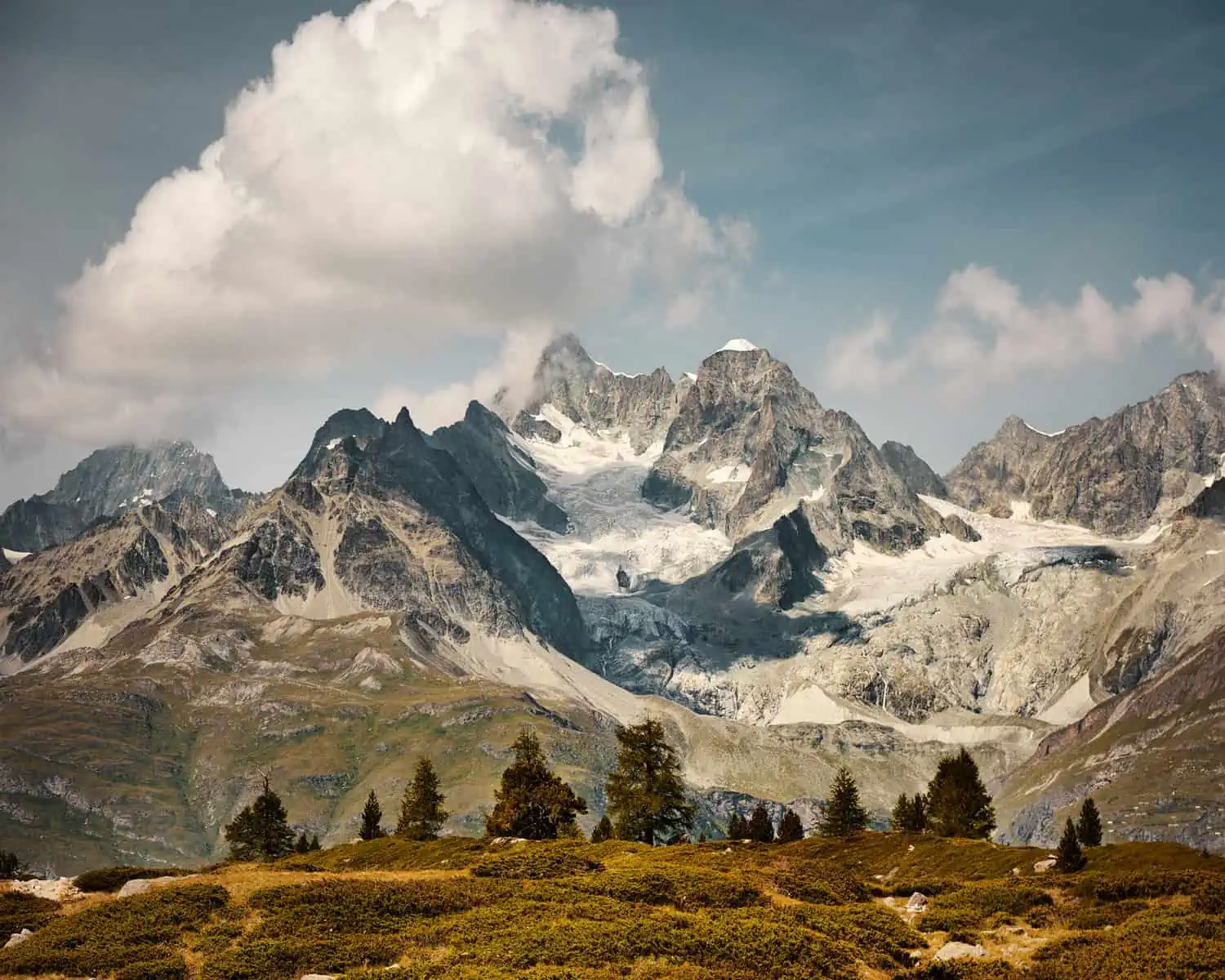
Table of Contents
Reaching Zermatt
The closest airports to Zermatt are Geneva and Zurich, both in Switzerland. You might think that hiring a car would be the best option, but, actually, the trains are incredibly well serviced and will take you roughly the same amount of time to drive as it will to take the train. The train journey in itself is roughly 3.5 hours depending on which airport you fly to. Geneva and Zurich airport have numerous flights a day.
Zermatt is also carless, except local taxi services which run from different hotels in Zermatt and local business owners – and most of these are electric. So, if you’re only planning to visit Zermatt, a car will not really serve you. If you do drive, you’ll need to park your car at the closest town of Täsch and take the twelve-minute train which runs every twenty minutes into Zermatt to begin your day. If you are going to be visiting other areas in the Alps, this might make sense for you, but otherwise, take the train and enjoy the break from driving.

Zermatt as a base
We expected Zermatt, based on our experience of other Alpine resort towns to be very touristy, and we weren’t wrong. The thing is though, Zermatt has something a little different to it that we can’t quite put our finger on, but that we really liked. We were amazed with the level of food we were able to get here (we both agreed that the tempura sushi we ate here was some of the best sushi we’d had in a long time) and the atmosphere felt much more like a big city than a small, valley town on the side of the Matterhorn. Sure, there are many shops selling the usual souvenirs but amongst them, you’ll also discover independent merchants and makers selling homemade items from hand creams to art; a great place to spend some time looking around after your hikes.
What to do
As you know, we base most of our experiences around hiking, and if you’re looking for an adventure, Zermatt is a pretty good place to start! The town in connected with a series of cable cars, Funiculars and the Gornergrat Bahn, which allow you access to the hikes in the area. What we love about the Alps is you will find hikes suitable for all experience levels and due to how well sign posted everything is, feel much more at ease. We of course still recommend plotting your routes into a mapping device and downloading offline, just to be on the safe side.
A quick trip to the tourism center in Zermatt will leave you armed with a map and booklet explaining the breadth of what is available in the area (not to mention the many more mountaineering routes that can be attempted by experienced alpinists and guided groups). As already mentioned, these ideas only tip the iceberg of what is available, but we’ve focused on some of the most iconic hikes and sights in the area to give you a taster of what this landscape has to offer.
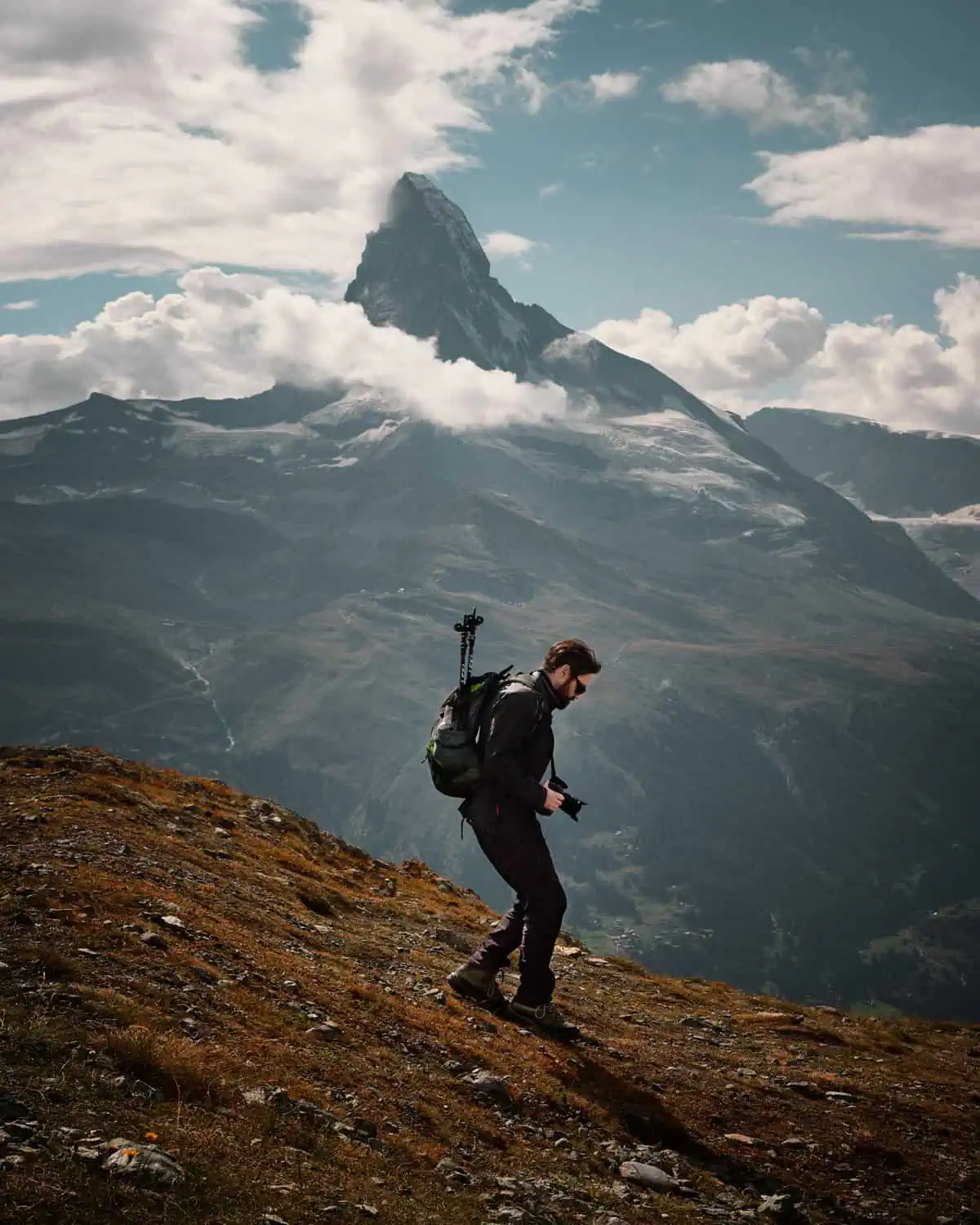
The 5 Lakes Hike
Hike: 3 hours
Difficulty: Medium
Best time to visit: Summer months – between July and September/October – always check trailconditions with the tourism office first
Details on the cable cars timetable can be foundhere. The 5 Lakes hike was possibly one of the most stunning hikes we’ve ever had the pleasure of doing, but, we’re likely to say that about everything we write here as we have nothing but incredible memories of all of them! This hike holds a special place for us though as it was our first hike to see so many angles and views of the Matterhorn. It is important to note that the Matterhorn is often covered in cloud. Don’t let this stop you in your tracks; the rest of the scenery is incredible, and you’ll often have moments where the mountain pops out of the cloud to mystify you with its presence. Work with what is there with regards to the weather – you can’t always have perfection, but if you go with what you’re dealt, you can still have an amazing time and some wonderful photographs to boot.
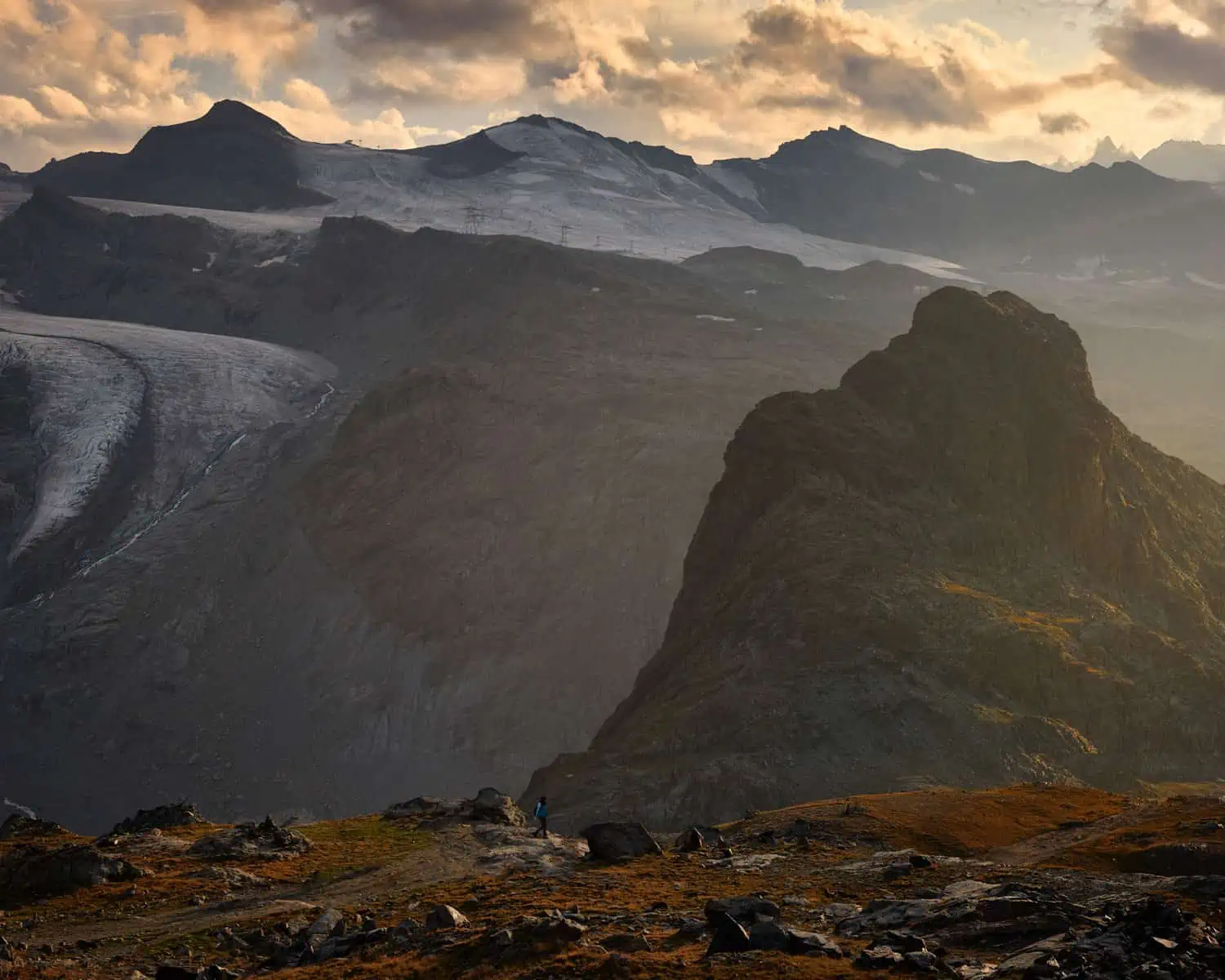
The hike, by nature of its name, makes a loop and passes by five lakes;Stellisee, Grindjisee, Grünsee, Moosjisee, and Leisee. Three of thelakeshave reflections often visible of the Matterhorn and you’ll be treated for the majority of thehiketo unobstructed views of the Matterhorn. This is by far one of the most popular hikes in Zermatt and you certainly will not have the trail to yourself. However, you can significantly improve your chances if you want a slightly quieter experience by going as early as you can.
Once you’ve taken the funicular up from Zermatt (which can be caught about a five-minute walk from the tourism center in town and trains run very frequently) you’ll need to catch the cable car up from Sunnegga to Blauherd to begin. You’re dependent on the times that the train and cars run, which begins at 8am. It’s completely possible to hike up from Zermatt which will add about 3.5 hours uphill to your hike, but will suddenly make this much more challenging, if this is what you’re fancying.
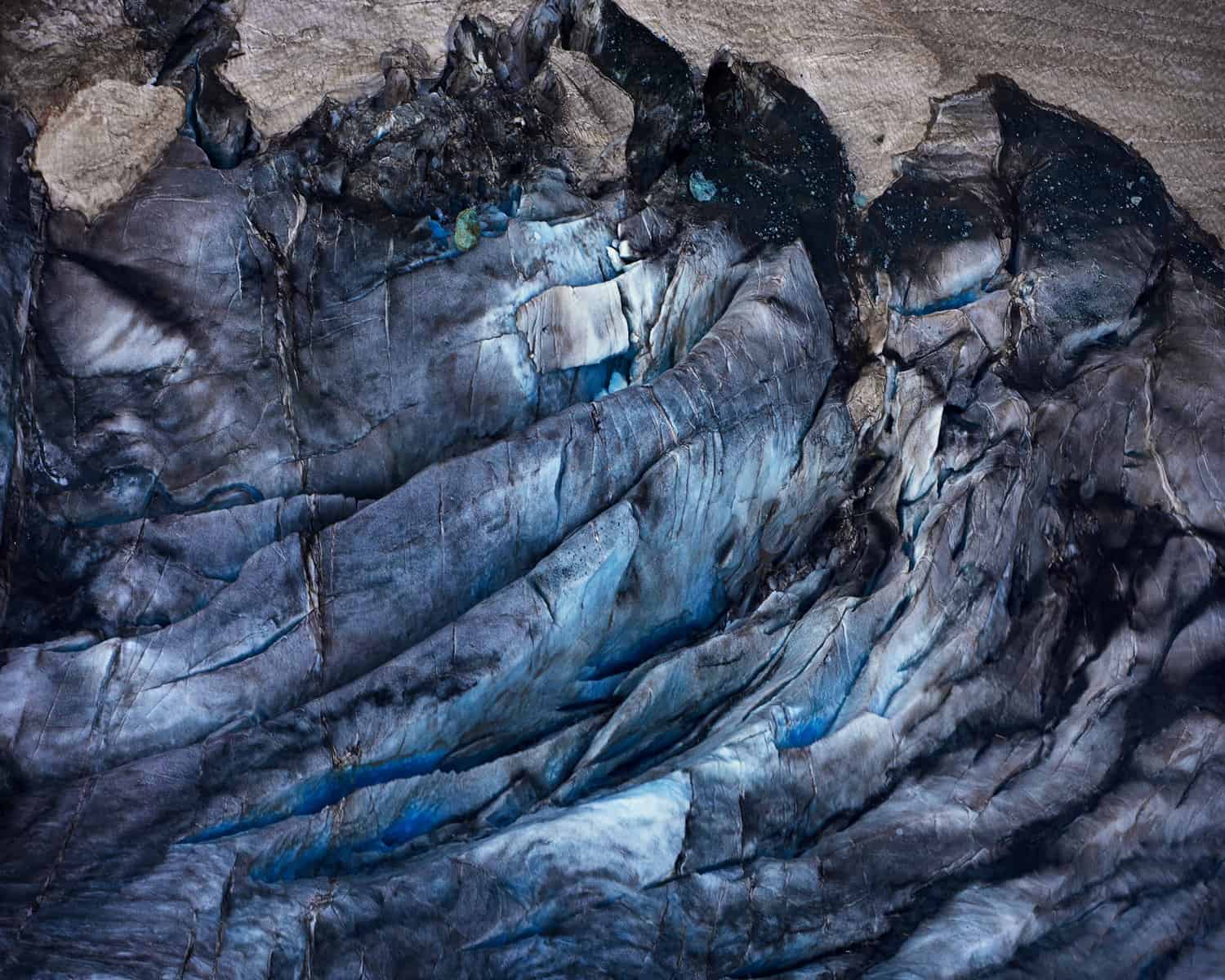
The hike starting from the cable car is mostly downhill, but do not let this fool you, this is still not a walk in the park. If you’re coming from sea level, due to the hike being around 2,500m, you’ll likely feel out of breath quicker. There are also some sections which are steep uphills, but these sections are relatively short. We’ve seen the hike labelled as both easy and medium, and we always feel like this is very much dependent on personal opinion. We’d rate the hike as medium, due to the altitude and the fact that there are some steep sections both up and downhill that might be unsuitable for absolute beginners. The trail is incredibly safe, though, and the signposting is so easy to follow, you’ll unlikely need to look at your trail map.
You’ll have the best light on the trail either early in the morning or early afternoon but work with the time you have and what works for you – you’re pretty much guaranteed to get incredible photographs at any time of the day.
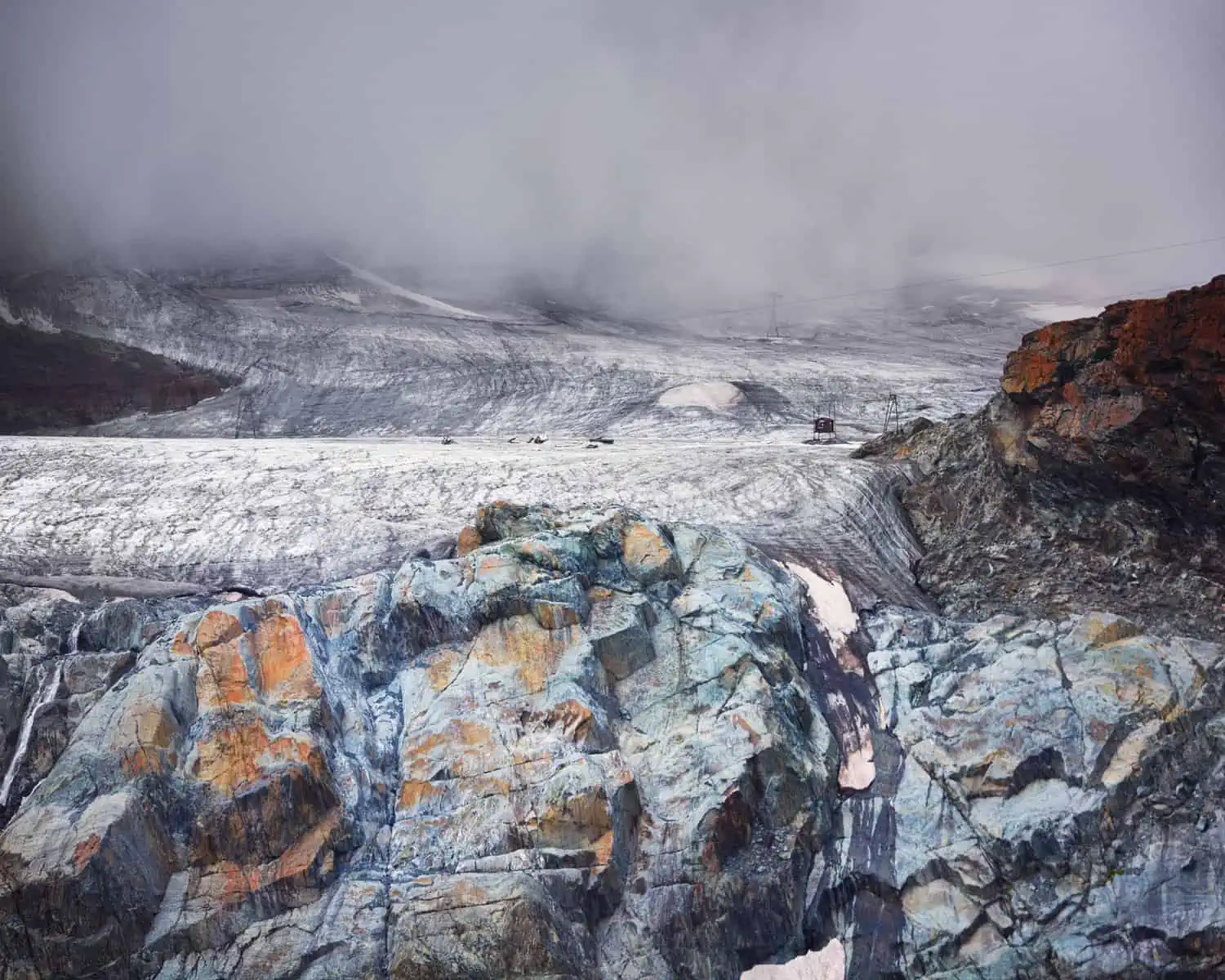
Matterhorn Glacier Trail and The Matterhorn Glacier Paradise
Hike: 3 hours
Hike and Glacier Paradise: leave a full day for this
Best time to visit: Summer months – between July and September/October – always check trailconditions with the tourism office first. Glacier Paradise can be reached all year round.
Difficulty: Medium
Details on the cable cars timetable can be foundhere
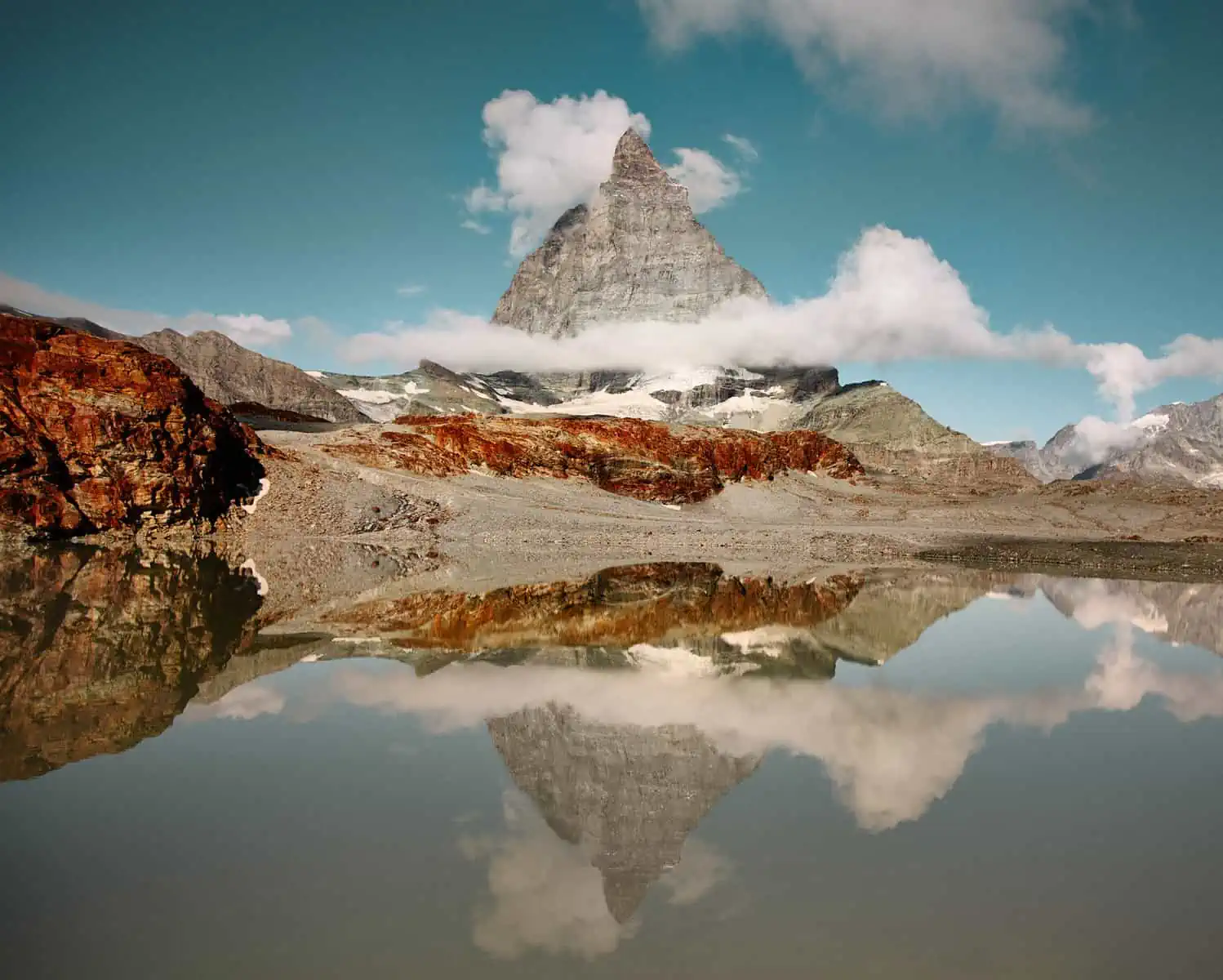
The Matterhorn Glacier Trail projects you into a high-altitude environment unlike any we’ve ever seen before and is a trail well worth doing for the sheer experience of being in this other worldy place. The hike puts you in close contact with the glacier environment and we can honestly say, was an experience unlike any other, and it just left us wanting more. This hike, that is achievable in just under three hours and with the accessibility this route has to other routes in the area, you’ll be very tempted to come back.
Again, most of this hike is downhill, but it certainly isn’t to be discounted as there are a number of sections on the hike that are uphill. You’re also at altitude so it’s important to remember that you may feel more out of breath than you did further down the mountain. There is something about this trail that leaves you feeling humbled, due to the lack of pastural green that you’ll be so well accustomed to further down the mountain, you’re projected into an environment of snow and rock.
There is an eerie beauty about it, and you rapidly start to realize that you’ve left the sounds of birds, insects and marmots behind for silence. Again, we’d rate the hike as medium due to the altitude, but if you take your time (which you’ll want to due to the plentiful photo opportunities), it is completely doable.
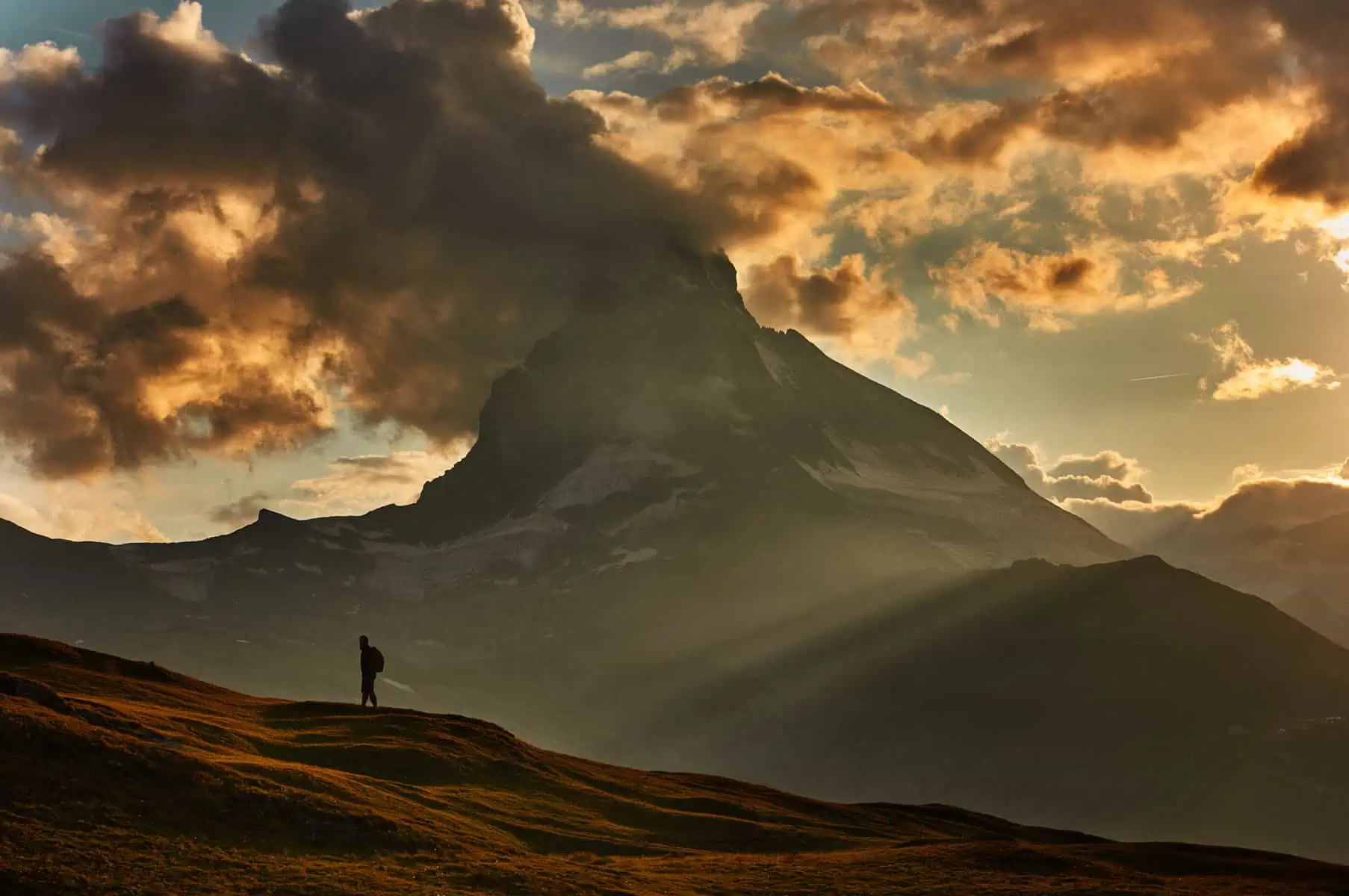
It is possible to hike up from Zermatt to the starting point of this hike, which begins from the cable car station Trockener Steg and you hike down to the station Schwarzsee, where you can catch the cable car back down to Zermatt. The hike up to Trockener Steg would add about three hours to the hike, but we’d really suggest you’ll need longer for this. There is a significant amount of elevation gain in this hike and when you add in rest stops, photo opportunities and general hiking at altitude, you may well want to give yourself most of a day to enjoy this comfortably. Personally, we’d advise that unless you really want a challenge, that you’re better off leaving your energy for the Glacier hike and then the time you’ll spare can be spent visiting the Matterhorn Glacier Paradise.
Either before or after you’ve finished your hike (or even if you don’t fancy doing the hike at all), it’s well worth visiting the Matterhorn Glacier Paradise. Boasting the highest cable car station in Europe, the incredibly beautiful journey up to an impressive height of 3,883m allows you unbelievable views of countless 4,000m peaks. On clear days, the views stretch into neighboring Italy, and it is possible to ski from the Switzerland to Italy from here (quite an impressive idea). The other highlight is that it’s possible to ski here on the Theodul Glacier 365 days a year.
As well as the impressive views, there is also a restaurant, glacier palace and cinema lounge to keep you interested, but really, your eyes will most likely be on the views in this stunning high-altitude landscape. If you really want a challenge, it is possible to set off to scale nearby 4,000m peaks with a guide or if you’re an experienced mountaineer. This environment can really give you a taster for what is available and what there is out there.

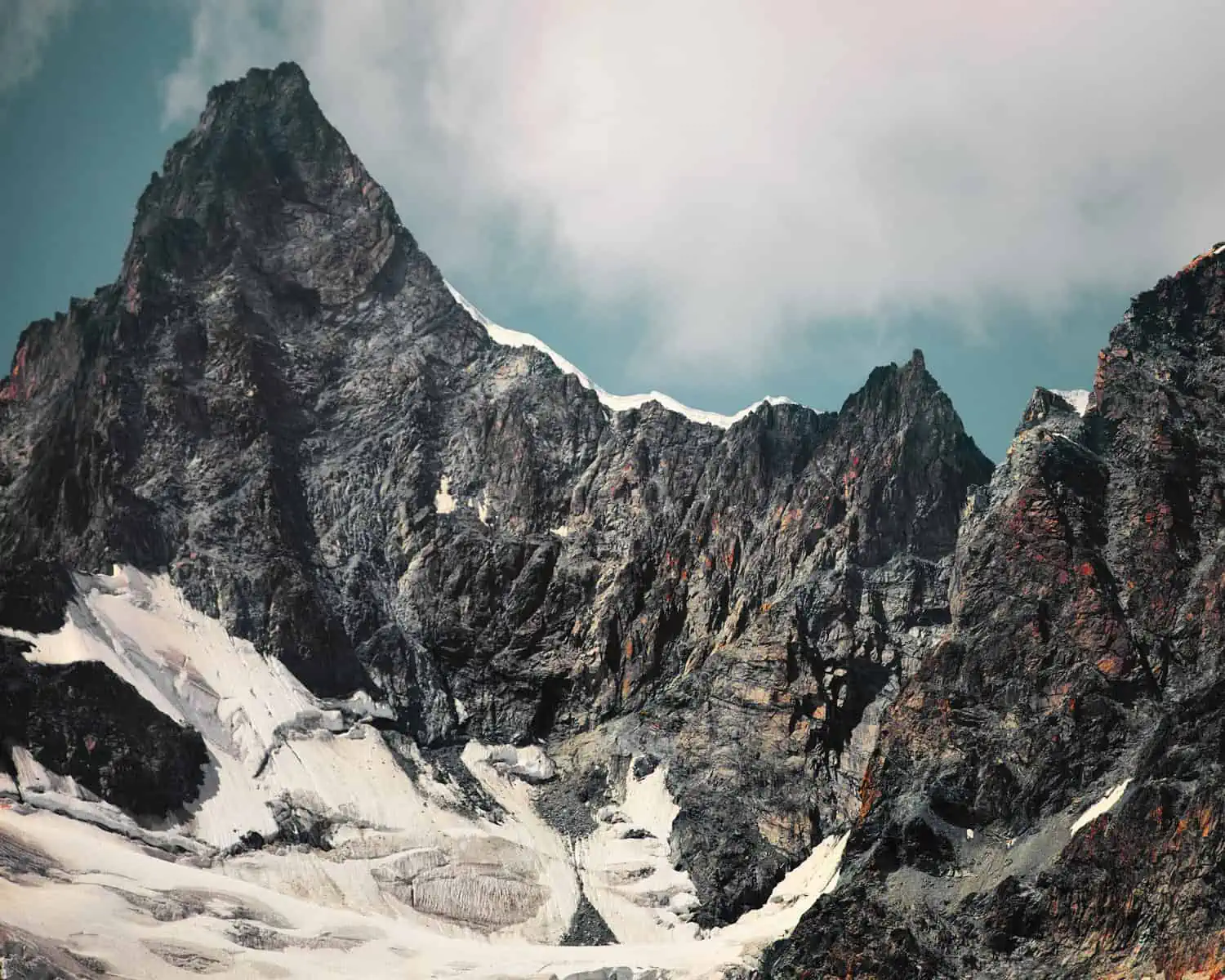
Because the Glacier Trail Hike is on the same cable car line as the Matterhorn Glacier Paradise, it’s really possible to make a day of it for this adventure. We personally enjoyed starting the hike early and doing the Glacier Paradise afterwards, but you may wish to head up top first and do the hike on the way down. The light on the mountains first thing in the morning was exceptional and we also had the trail relatively to ourselves. When we visited the Glacier Paradise all the way to the top station, sadly, the views were covered in a thick layer of cloud that didn’t seem to have any intention of clearing.
However, don’t let something like this disappoint you too much, as the views from the cable car are simply stunning. The sheer size of the glacier has you in awe (and also really questioning how small it makes you feel). It truly is another world, and the ride itself, raising high above the glacier and surrounding snow and rock landscape is an incredible introduction for most people to a landscape that will be completely unfamiliar to them.
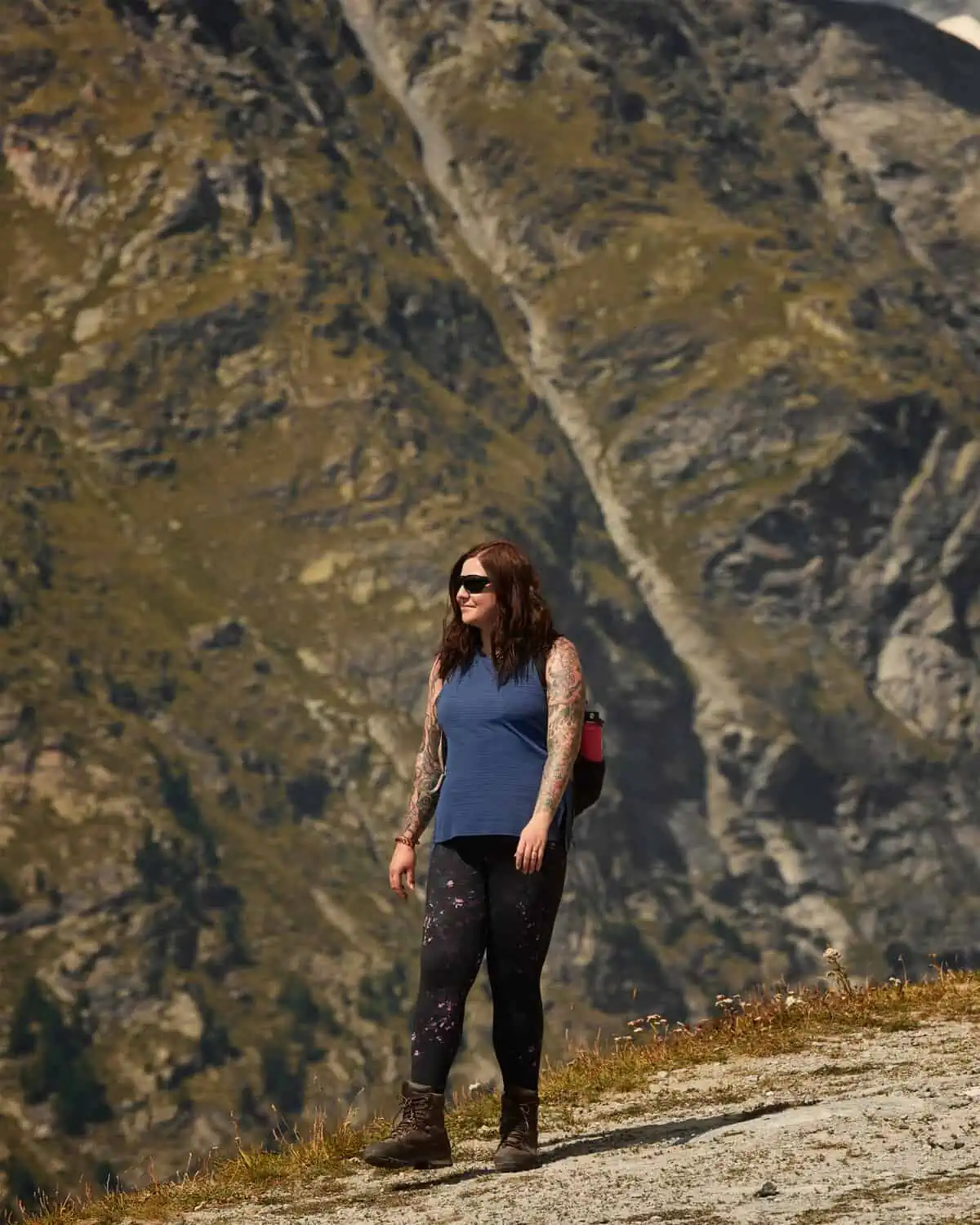
Gornergrat
Hike: Ranges from 15 minutes to 6/8 hours
Difficulty: Medium
Best time to visit: Summer months – between July and September/October – always check trailconditions with the tourism office first
Details on the Gornergrat Bahn timetable can be foundhere

There are many options in this area, and for us, we think this gave us some of the most beautiful views and hiking trails in the area. What we loved about the hiking around Gornergrat was the fact that it was quite a lot quieter than particularly the five lakes hike. There are plenty of ways to take in this area and the incredible views of both the Gornergrat Glacier and also the Matterhorn. Your first option is to take the beautiful train ride all the way up to the Gornergrat Glacier at 3100m. The train ride itself is truly phenomenal and, if you have members of your group who aren’t up for hiking or have accessibility issues, this would be a great experience to share with them.
If you’re just wanting to take the thirty-minute train there and same back, which is an absolutely beautiful experience in its own right, our top tip would be to head up early evening and take one of the last trains back. The great thing about this is that the trains run later than the cable cars in the evening (running to just after 8pm – please check current times on the Gornergrat Bahn website) so if you’re wanting to take in the scenery, it would even be possible to squeeze this in at the end of another day’s activities. The sunset views in this area are truly magical and will make for an absolutely unforgettable journey.
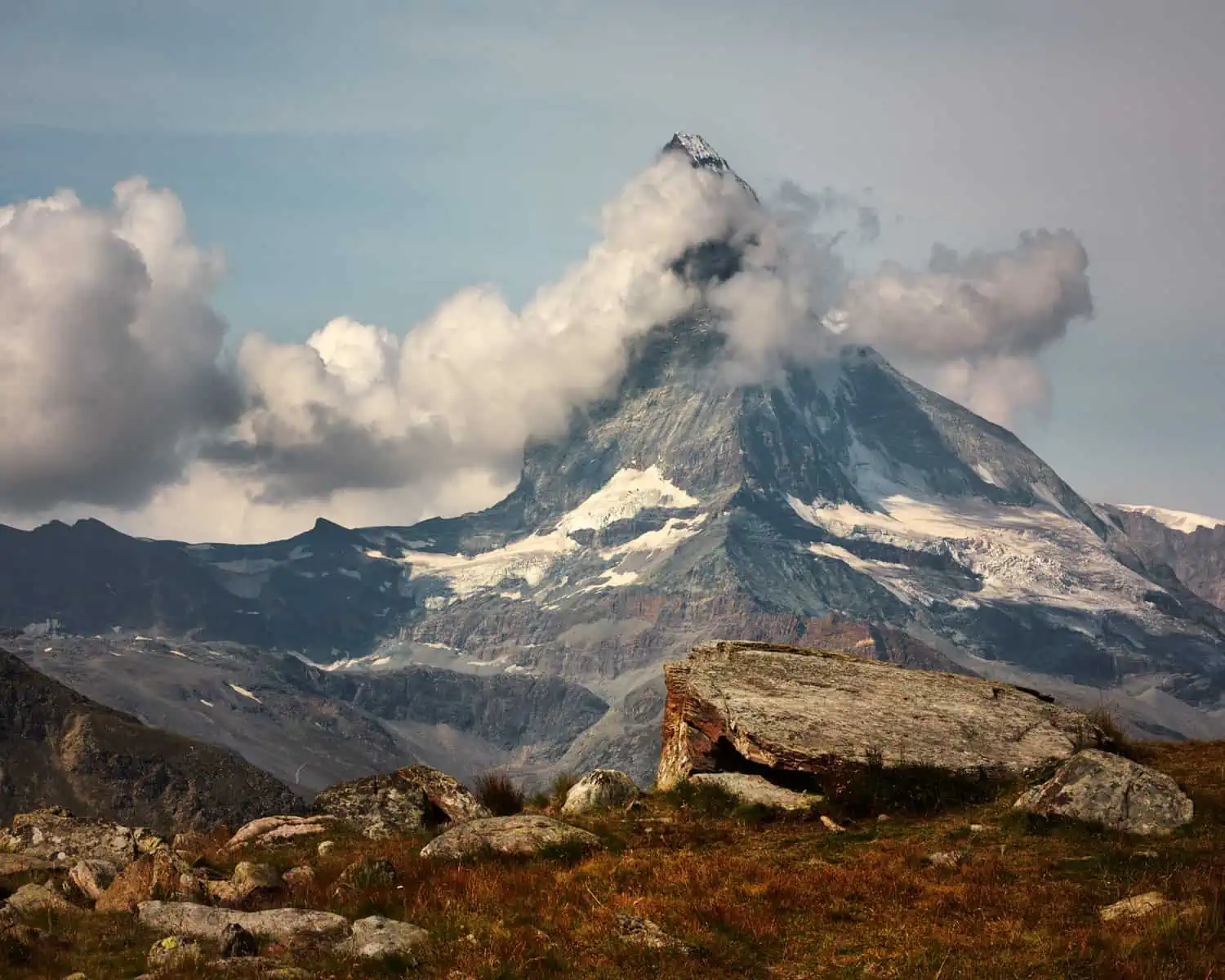
In terms of hiking you have many options:
You can hike up from Zermatt to Gornergrat – the timings suggest roughly 3.5 hours, but we’d really suggest you’ll need longer for this. There is a significant amount of elevation gain in this hike (roughly 1,500m) and when you add in rest stops, photo opportunities and general hiking at altitude, you may well want to give yourself most of a day to enjoy this comfortably.
A second option, and something that is very enjoyable is to take the train up to Gornegrat and hike all the way back down to Zermatt. This is absolutely a doable hike but is quite steep in places and is mostly all downhill, so you’ll be aware you have knees by the end of it.

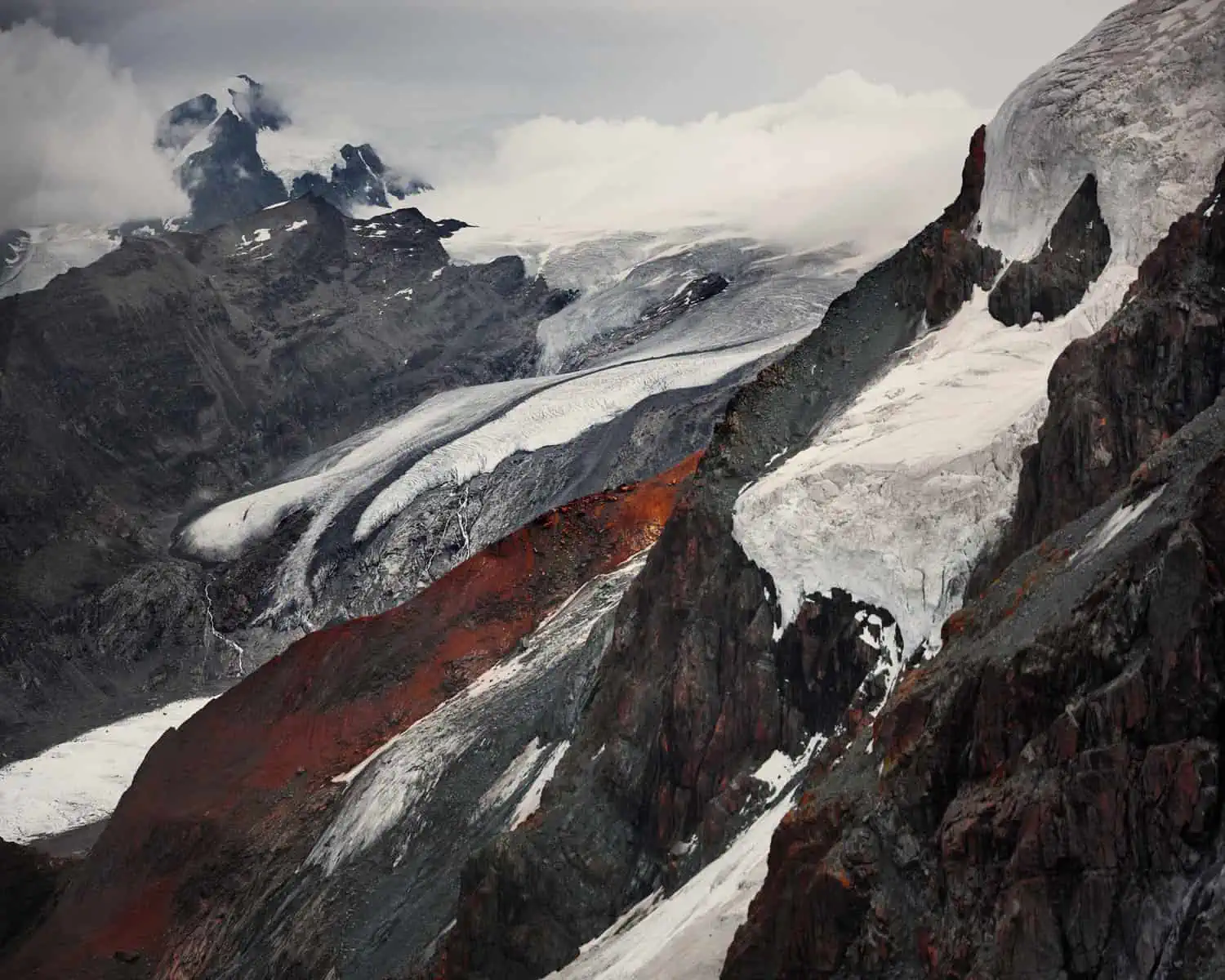
There is also the option to start your hike down or up from the various station stops along the way. We must admit, before we went, we were concerned with how confusing we’d found various reports online about where to hike to, where to get off at, but in reality, everything is so well signposted that you’ll find your way easily.
It is also worth mentioning that you can easily hike to a lake called Riffelsee with possibly one of the most iconic reflection views of the Matterhorn. You can easilymake the distance to suit you. If you don’t fancy the hike, you can just walk 5 mins from the train stop to the lake and then walk back to the train. Or you could extend the hike, starting higher up or hiking lower down than the official route. You could spend anywhere from 15 minutes to eight hours hiking in this area, and we truly enjoyed the serene time we got here. If going for a shorter hike, we’d really recommend starting the hike relatively close to evening light – there really is something magical that happens in the mountains at that time.

We left Zermatt with a heart full of memories and some absolutely incredible photographs – we think it is safe to say, we’ve found one of our favorite places. What we love about Zermatt as an accessible adventure is just how well connected everything is and how possible it becomes to make a long weekend packed with hiking and adventure a reality. Sure, you are only going to scratch the surface with what is available here and we are already itching to get back.
There is so much more on offer here, and plenty of the trails will offer you much more solitude, if that’s your thing. You’ll also find a great introduction here if you’re wanting to build up your confidence in higher alpine environments. It is, without a doubt, one of those places that you find yourself just eager to return to in order to explore some more. Zermatt, you’re mesmerizing!
